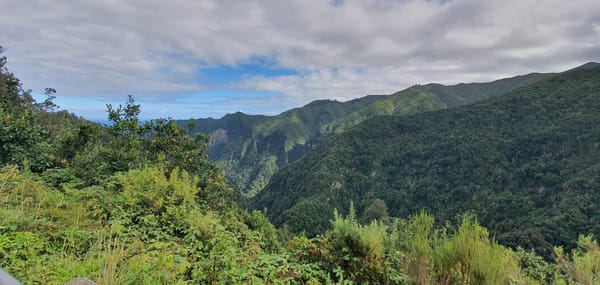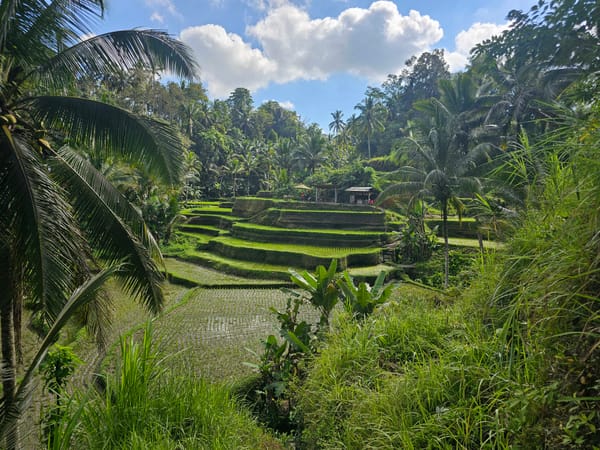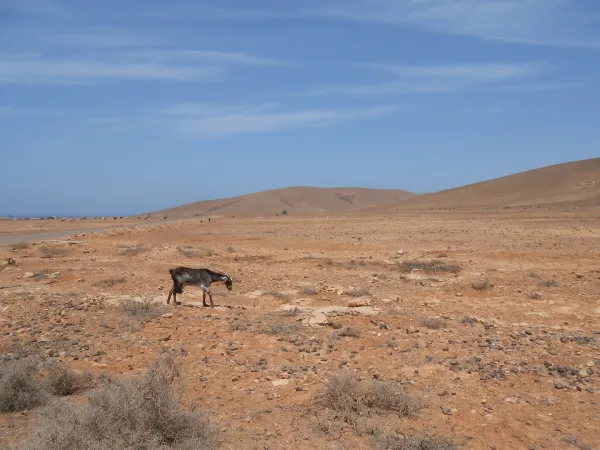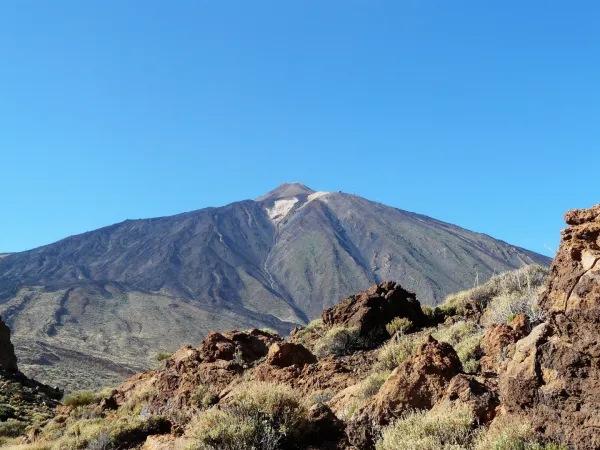Amazon
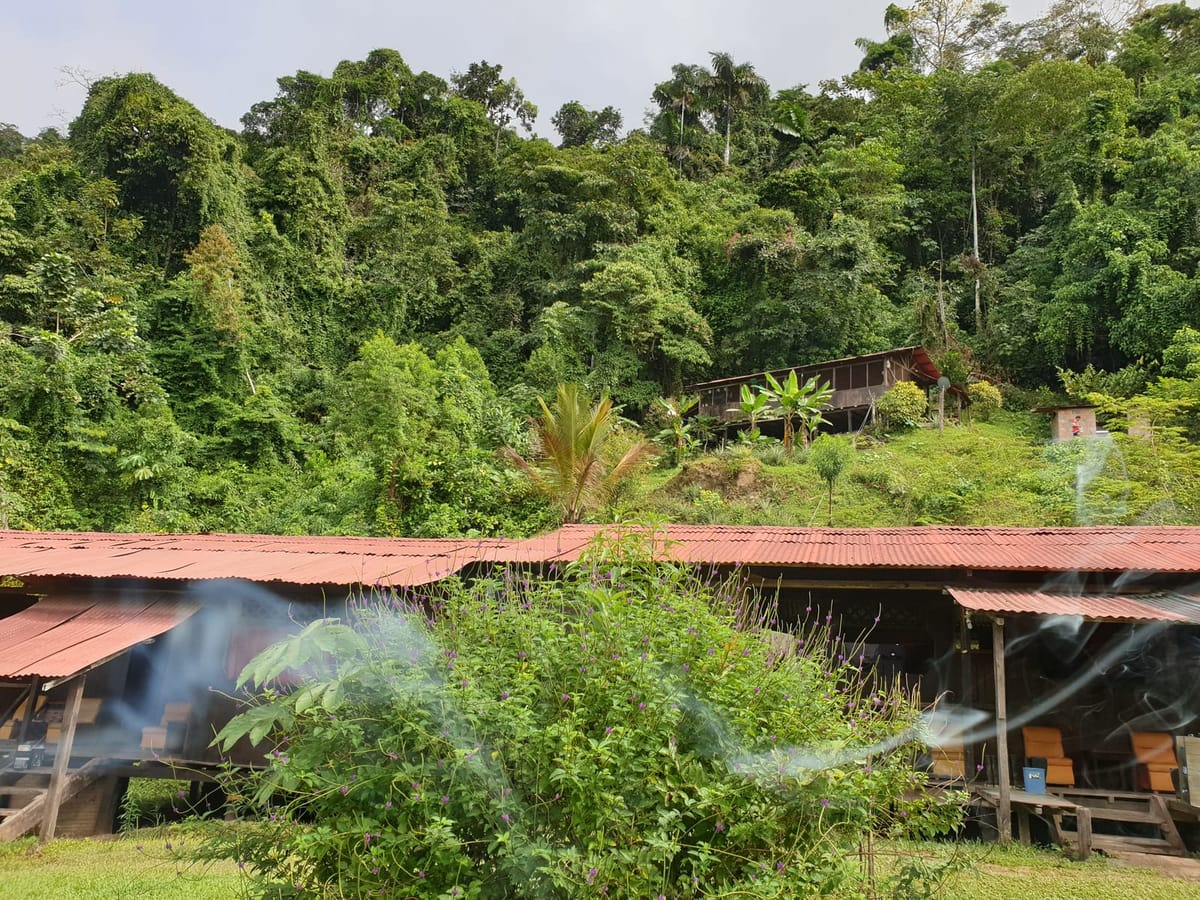
Part 3 of: 22 days Galapagos Amazon Forest Cusco
Part 1 Galapagos
Part 2 Peru
The Amazon rainforest covers more than 60% of Peru’s territory and forms two distinct zones: selva baja — the largest ecoregion in Peru, ranging from 80 to 1,000 meters above sea level — and selva alta, which lies between 1,000 and 3,800 meters on the eastern slopes of the Andes.
Manu National Park, located in southeastern Peru, is one of the largest parks in South America. The area of the park encompasses parts of the Andean department of Cusco and the jungle department of Madre de Dios. Manu protects over 2 million hectares (4.5 million acres) of territory rich in flora and fauna species in a variety of habitats including high Andes, cloud forests, and lowland tropical rain forests. This huge 1.5 million-ha park has successive tiers of vegetation rising from 150 to 4,200 m above sea-level.
The extraordinary biodiversity combined with the large size and excellent conservation state makes Manu National Park a protected area of major global biodiversity conservation importance. More than 200 species of mammals, 800 species of birds, 68 species of reptiles, 77 species of amphibians and impressive numbers of freshwater fish imply a diversity of vertebrates matched only in very few places of the World. Numbers in other taxonomic groups are at least as impressive, for example the more than 1,300 recorded species of butterflies out of probably several hundreds of thousands of arthropods. Thousands of higher plant species are distributed across the diverse ecosystems, habitats and niches. Hundreds of tree species have been identified, often jointly growing within very small areas
https://whc.unesco.org/en/list/402/
Cusco – Pillcopata
The travel from Cusco to Manu National Park takes you from 3,500 meters down to 250 meters in the Amazonian lowlands.
We left Cusco very early and drove through the Andean Highlands with their alpine valleys, quinoa fields, and stone terraces, and glimpsed Andean peaks in the distance on our way to Paucartambo at 2,900 meters. From there, the views grew more spectacular with each bend in the road as we ascended to the Acjanaco Pass at 3,500 meters.
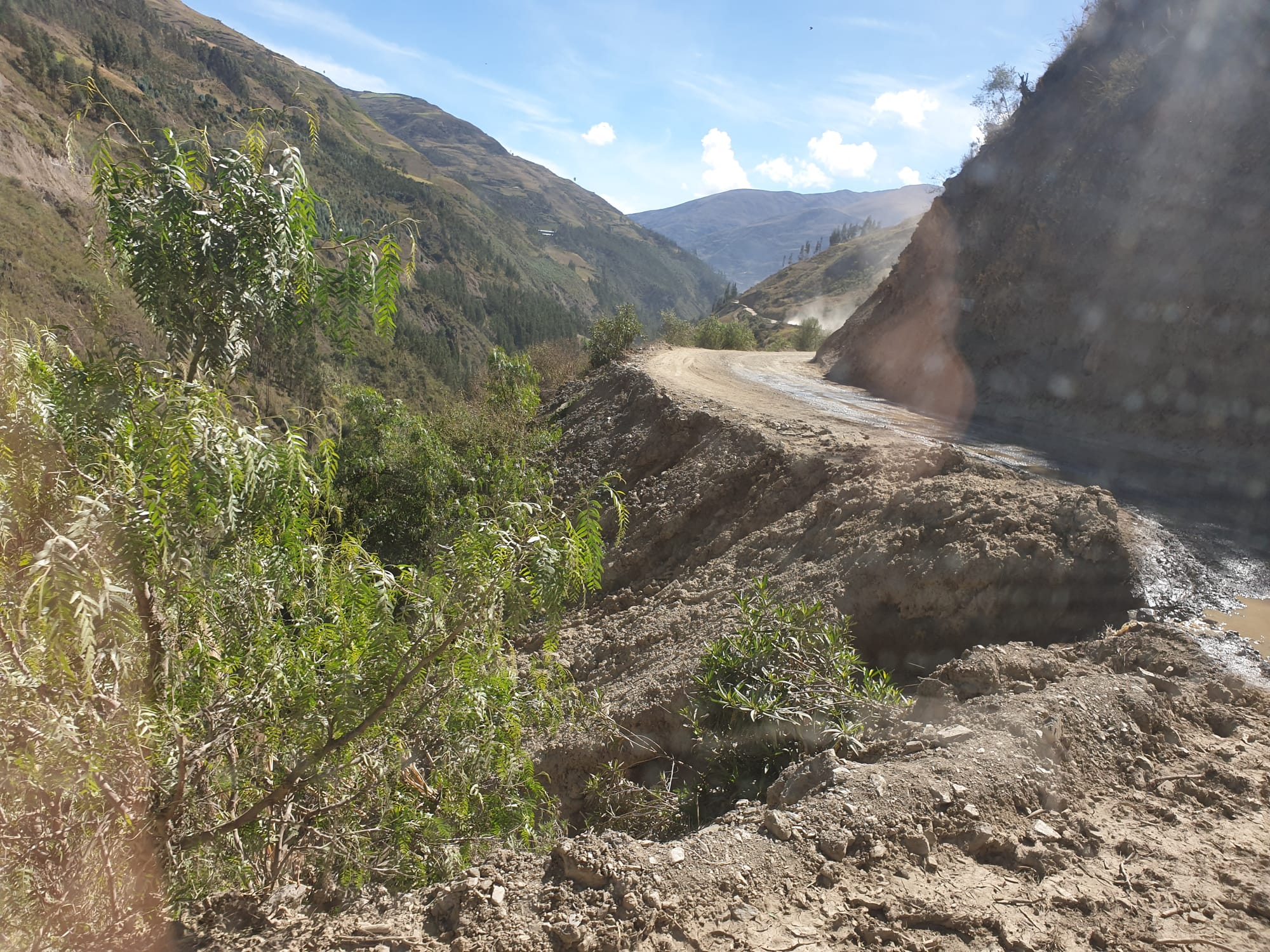
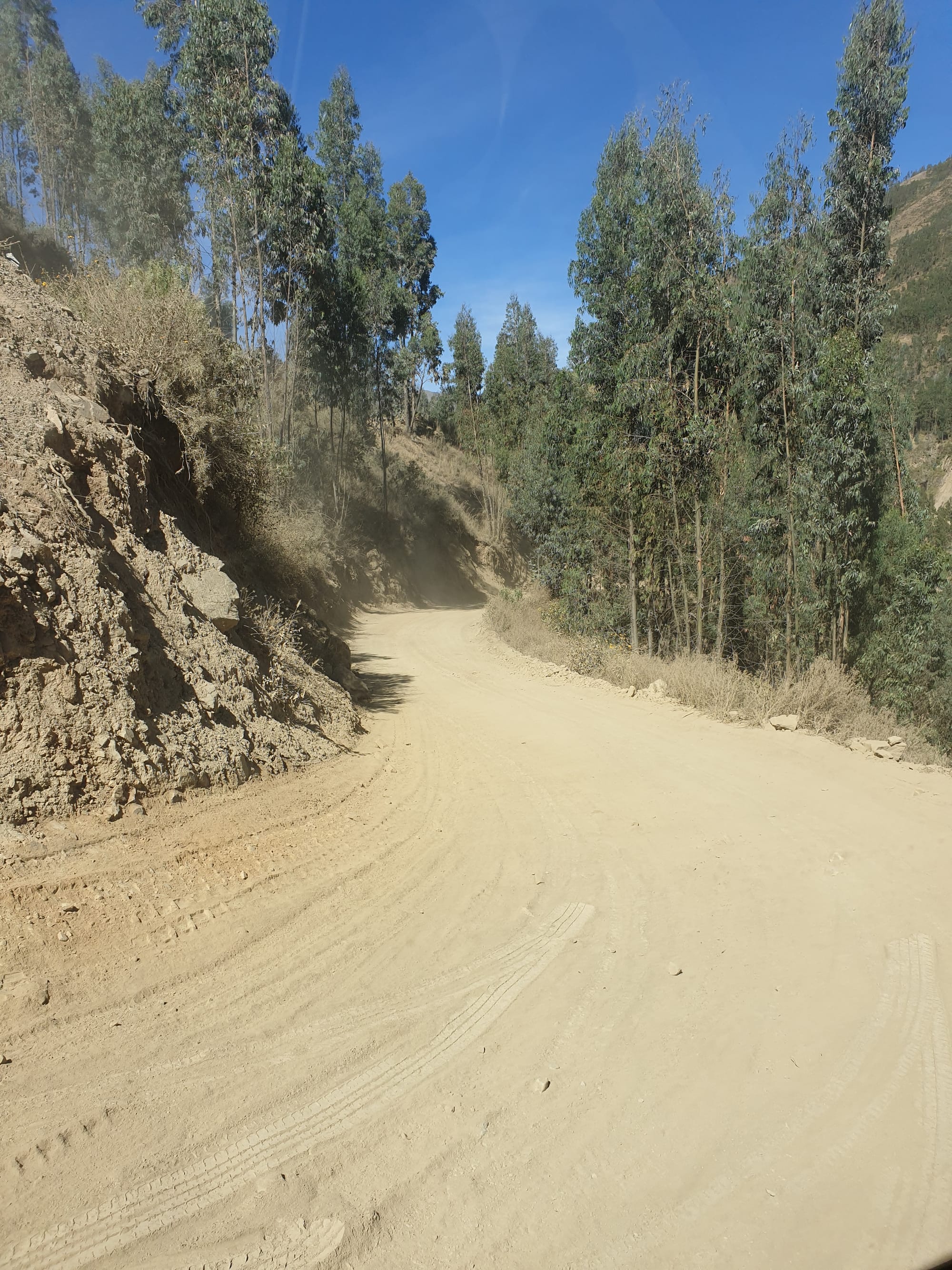
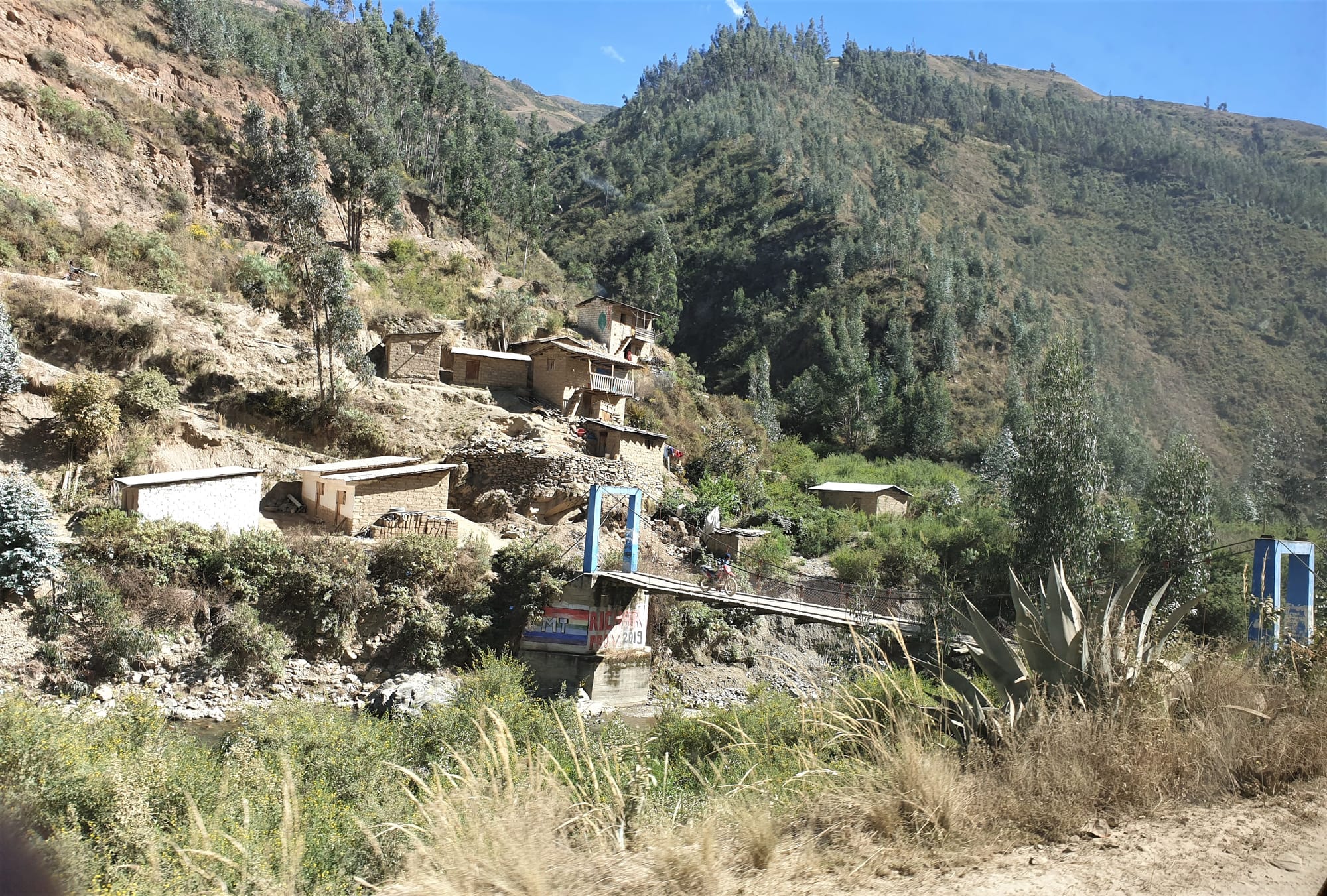
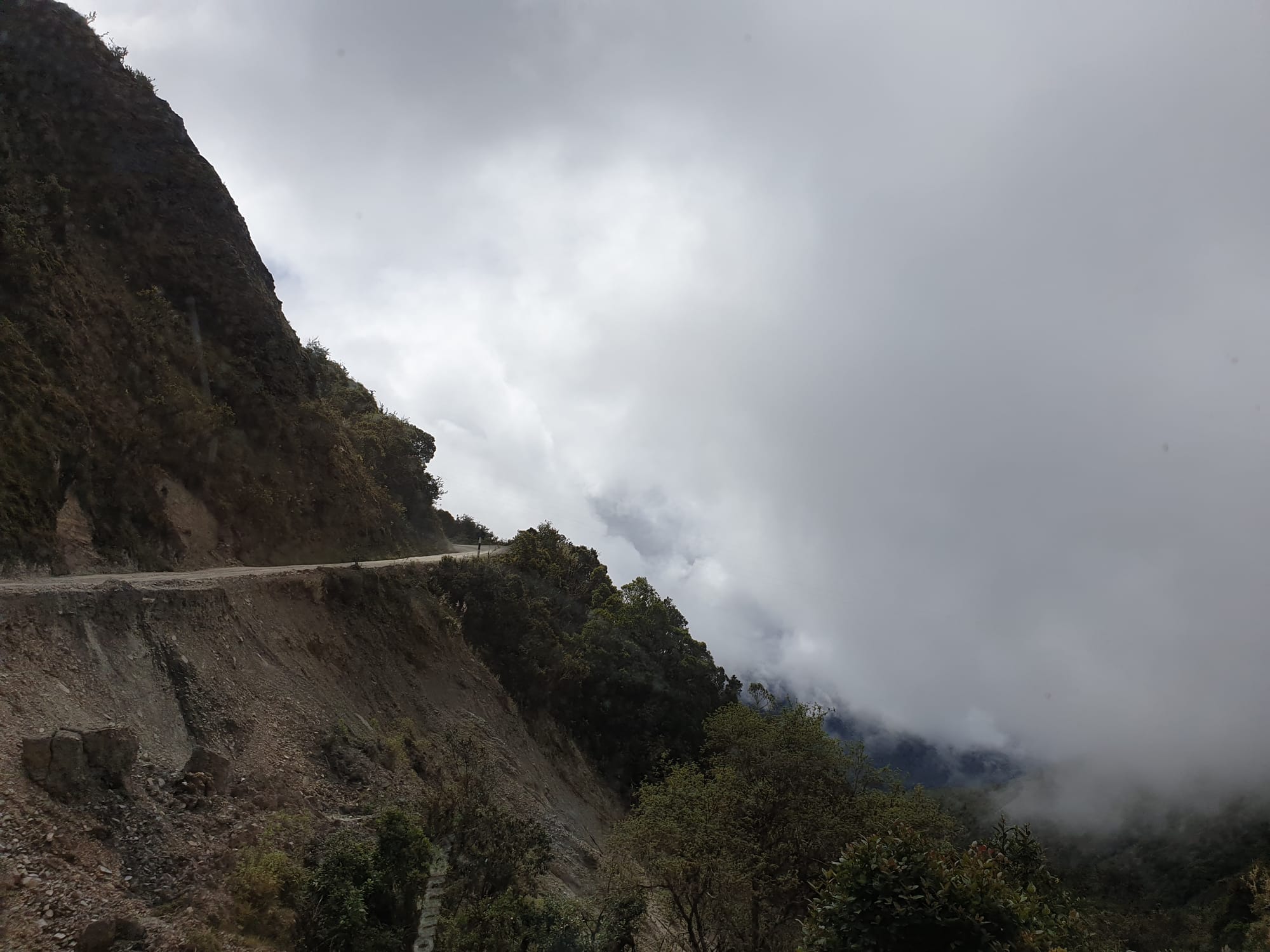
Cloud Forest
Acjanacu pass (elevation 3490 m) marks the entry to Manu National Park, The cloud forest exists between 2000 and 3500 meters above sea level and at least 50% of the plant species found here are endemic to this region. This varied and fascinating world is home of the Cock of the Rock, Spectacled Bear, Orchids, Tree Ferns (one of the oldest living plants), mosses, lichens and bromeliads.

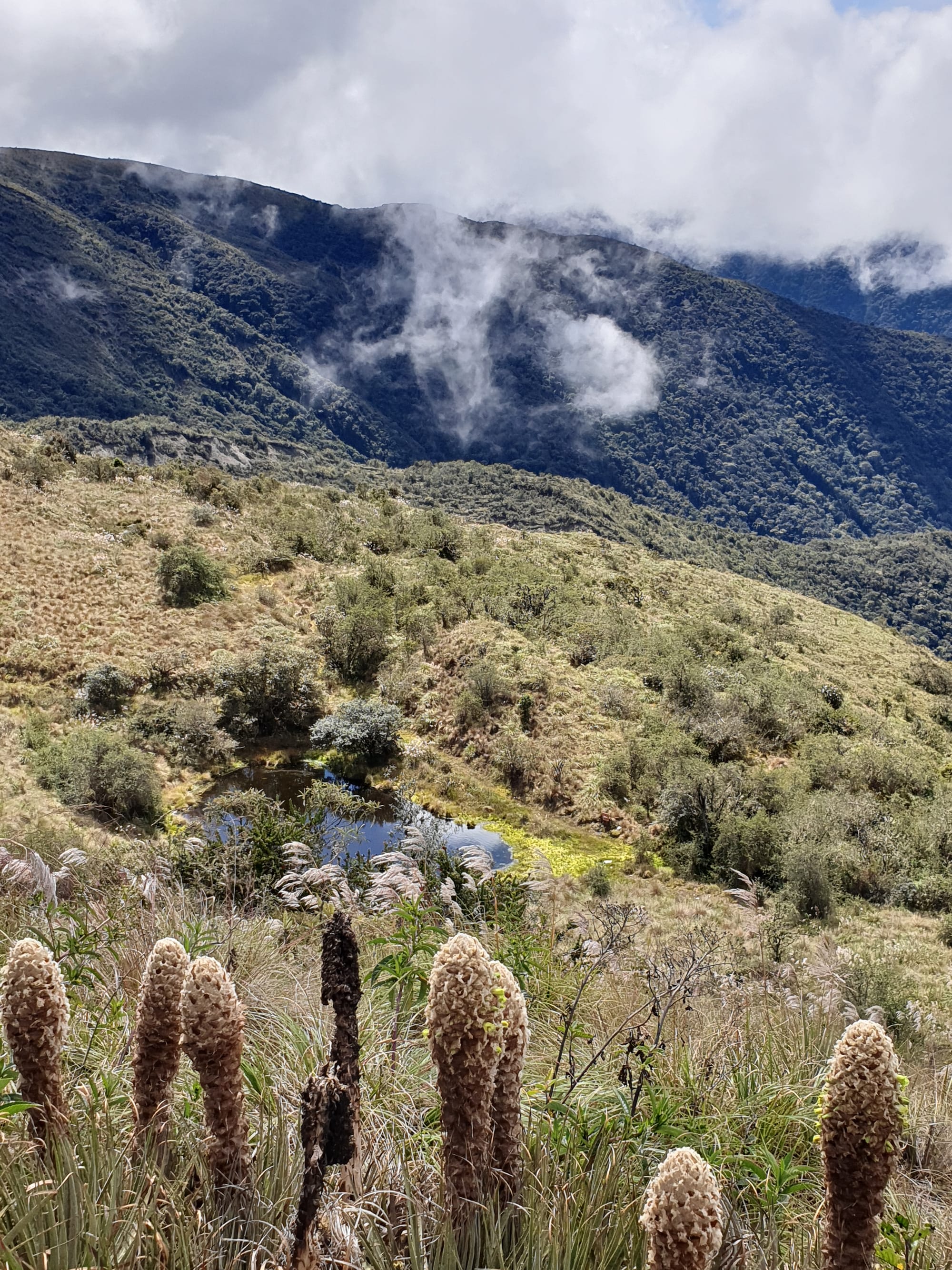
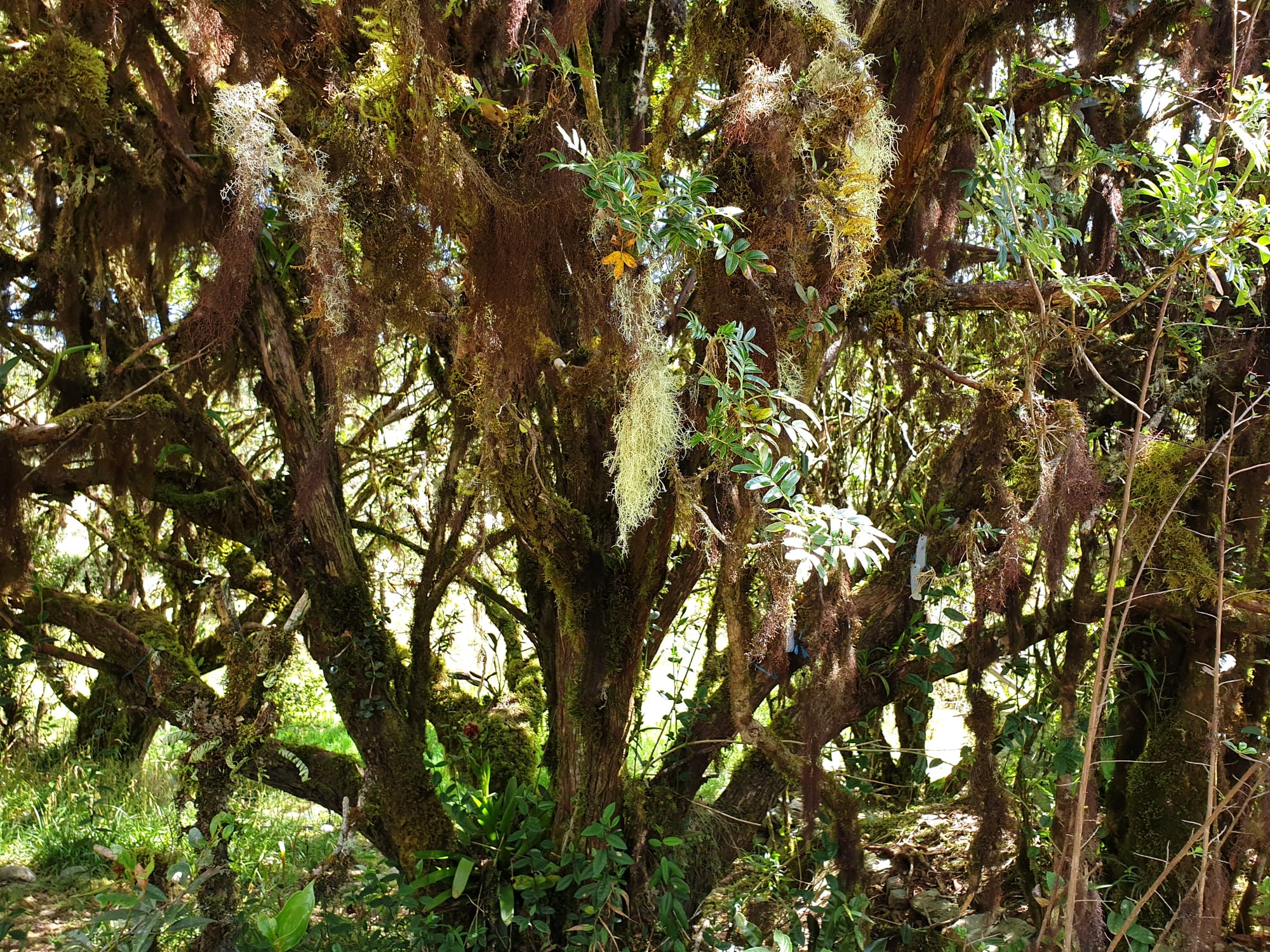
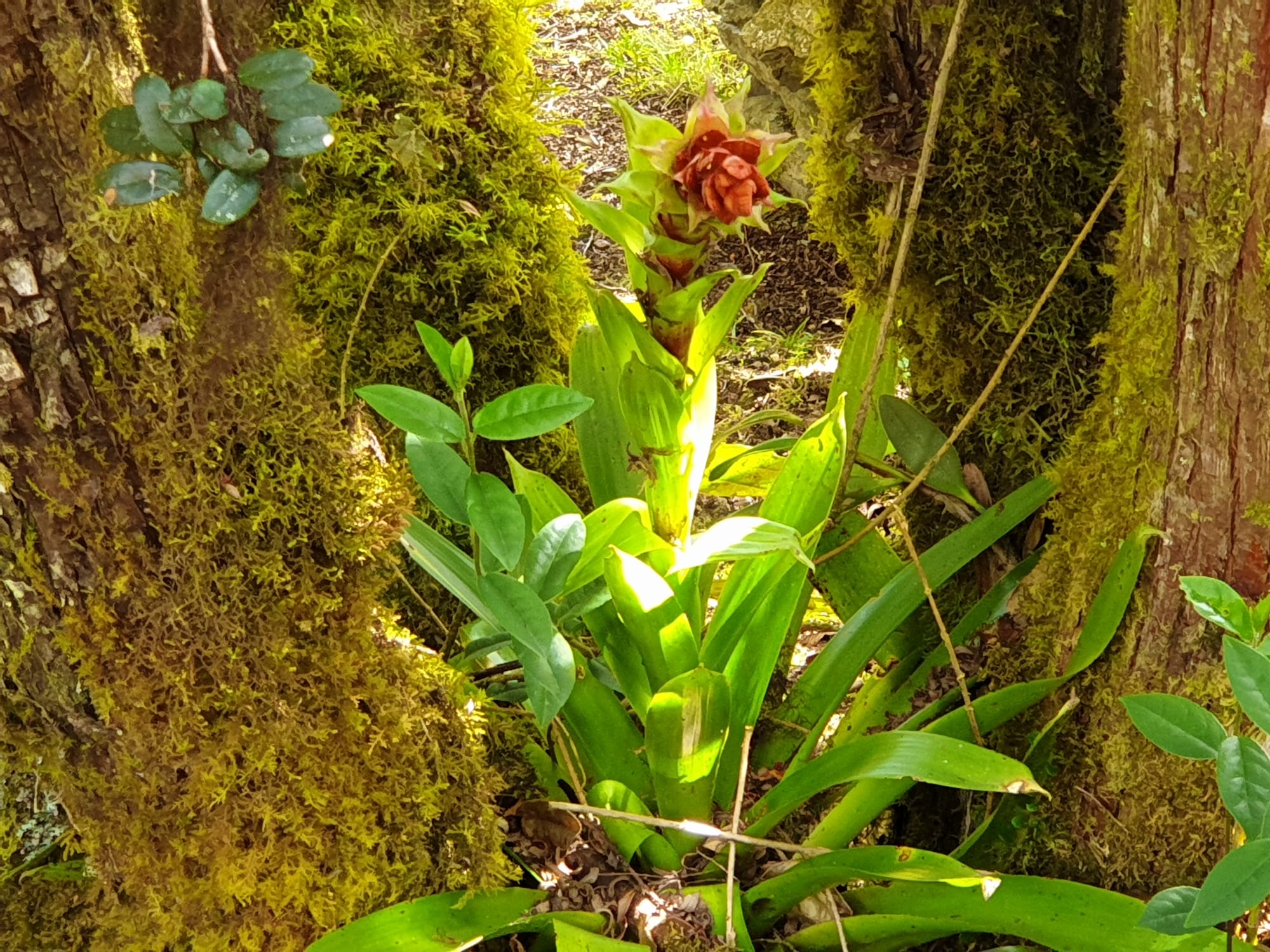
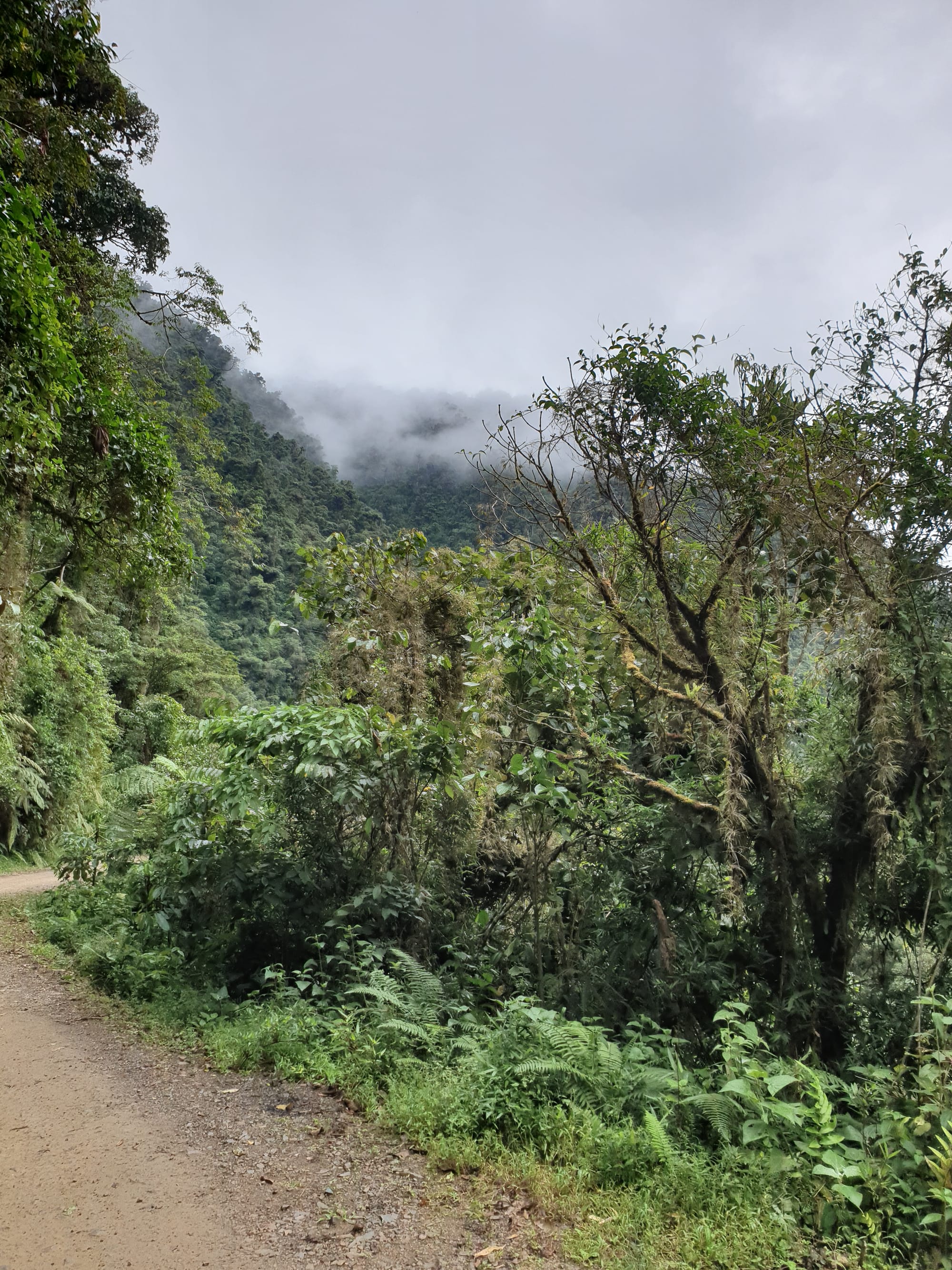
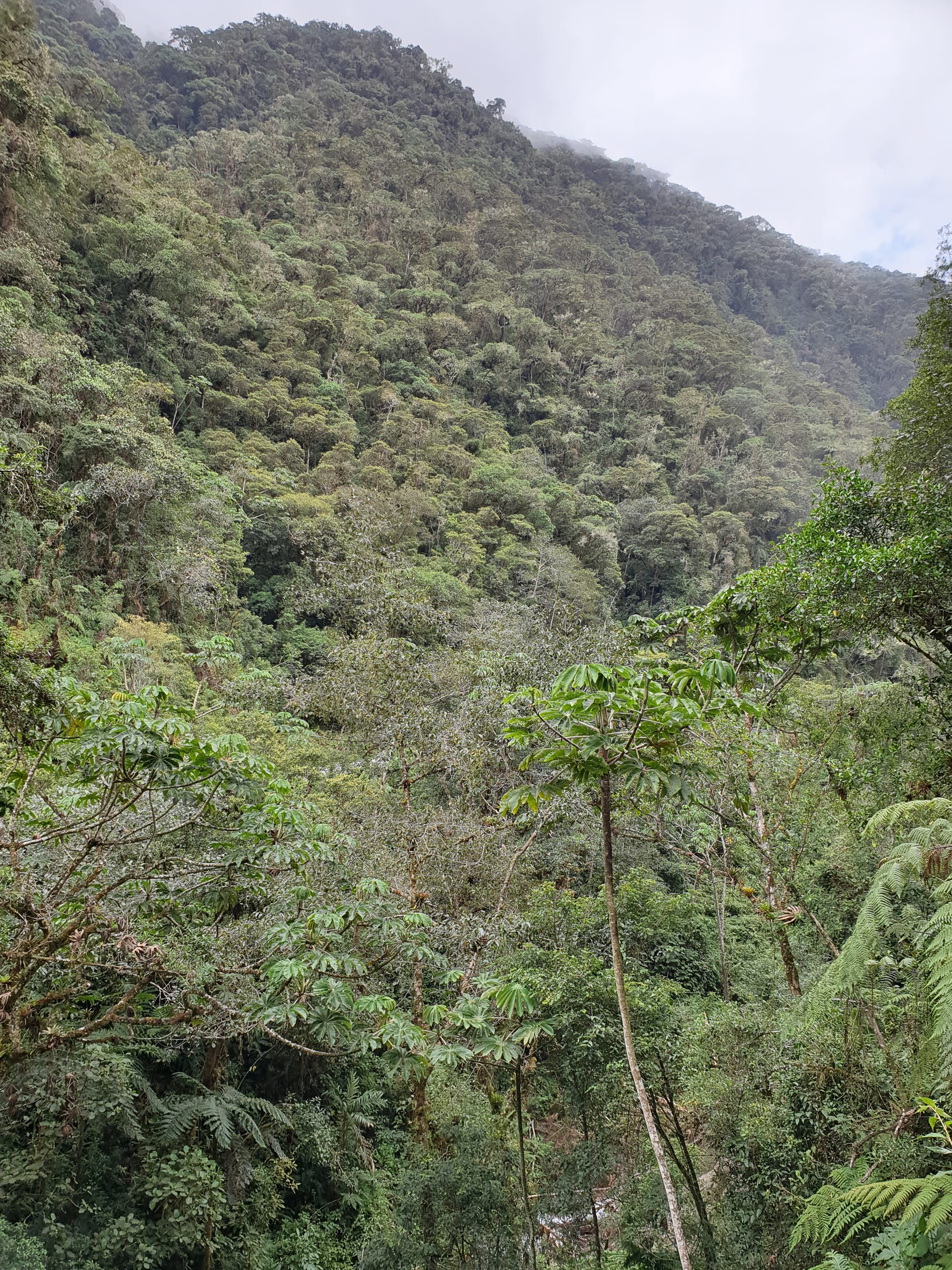
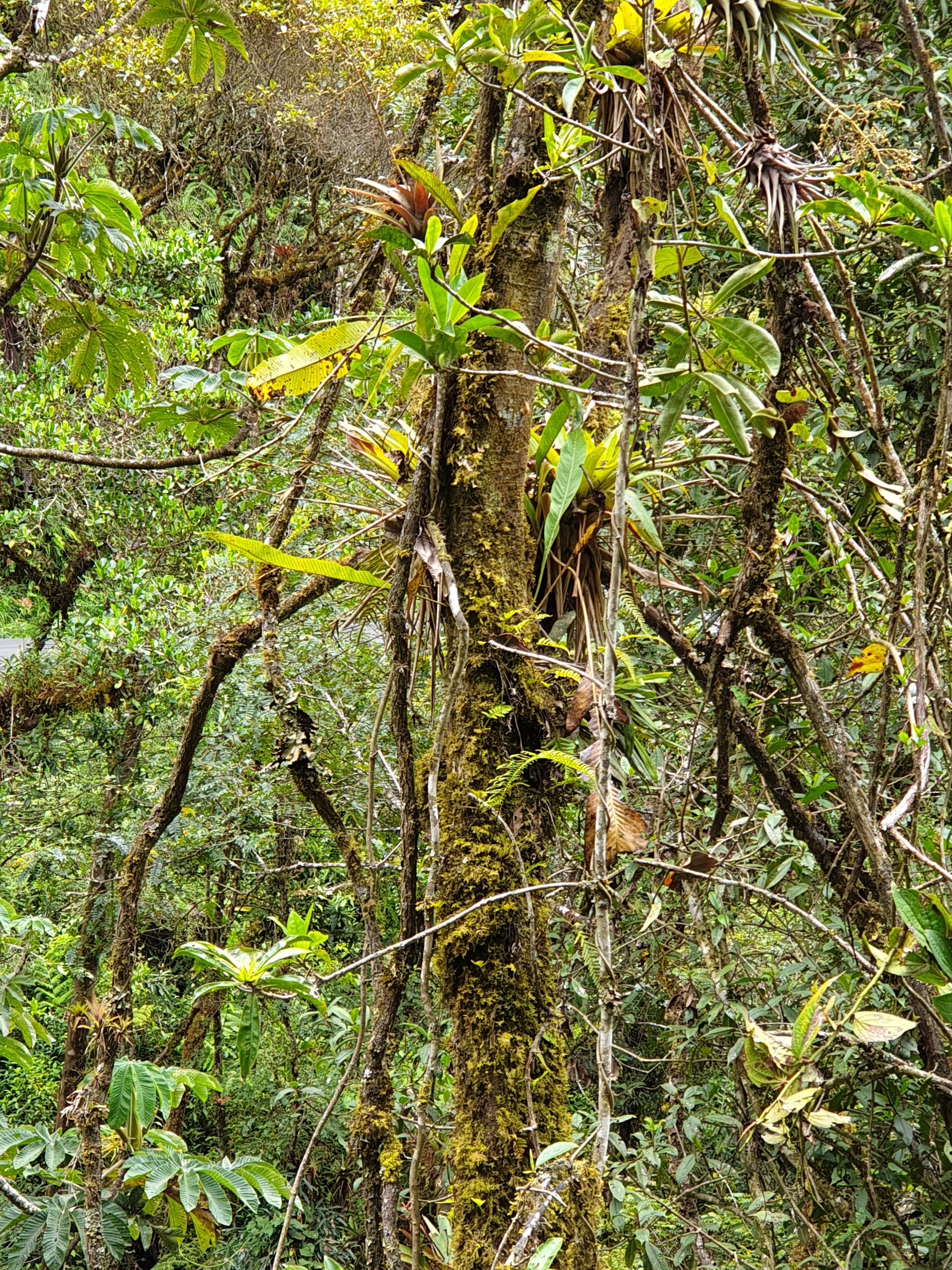
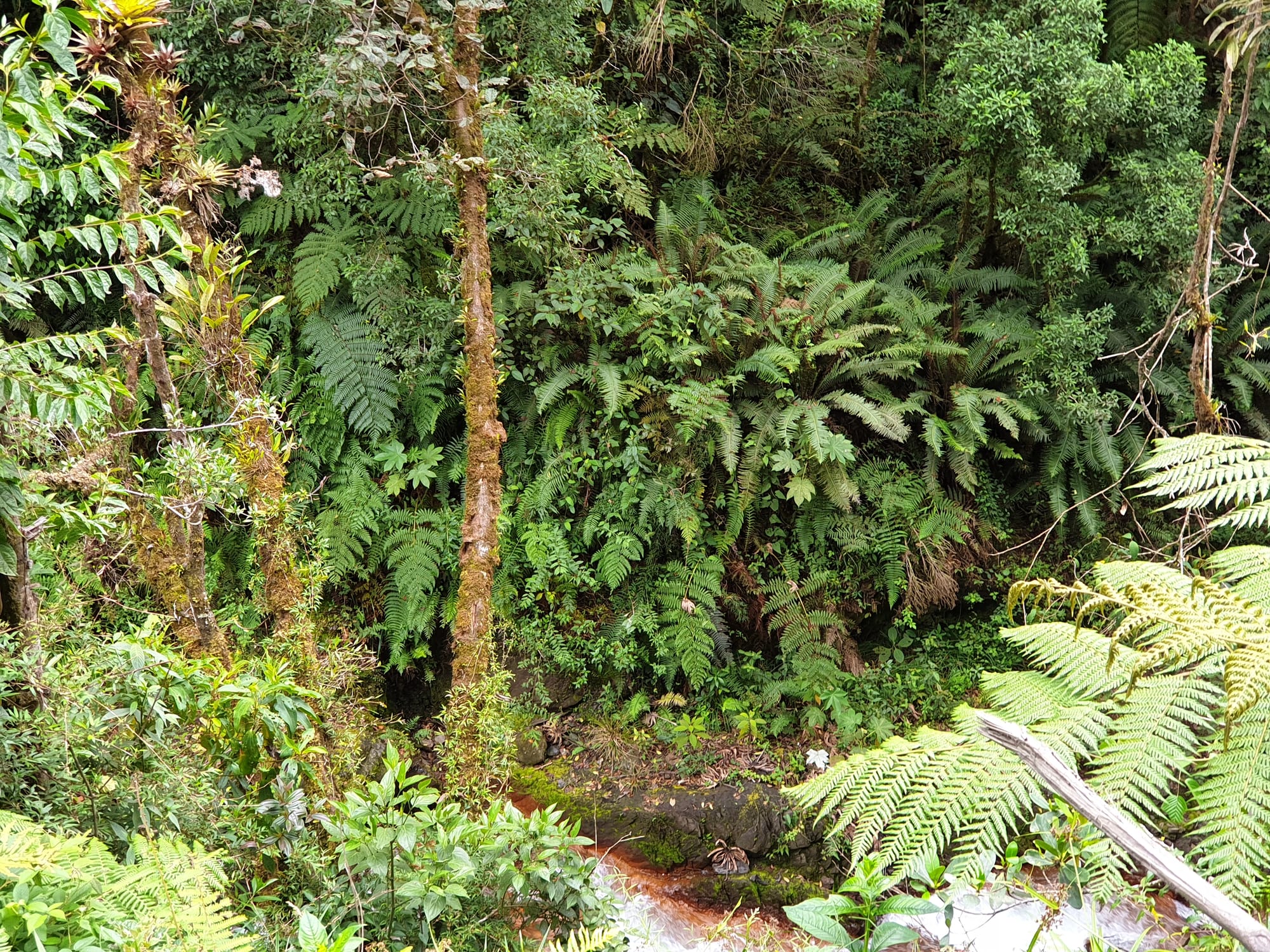
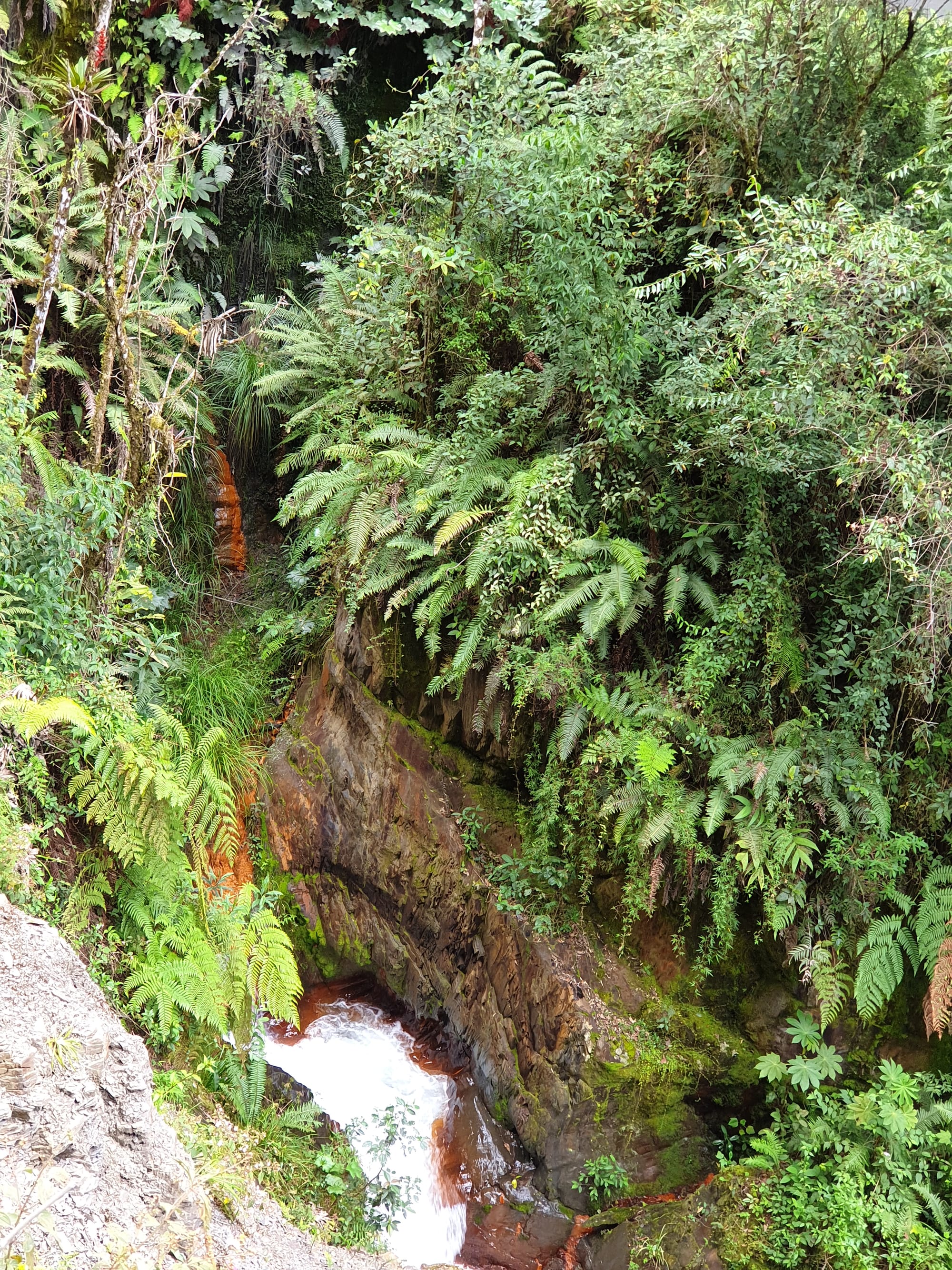
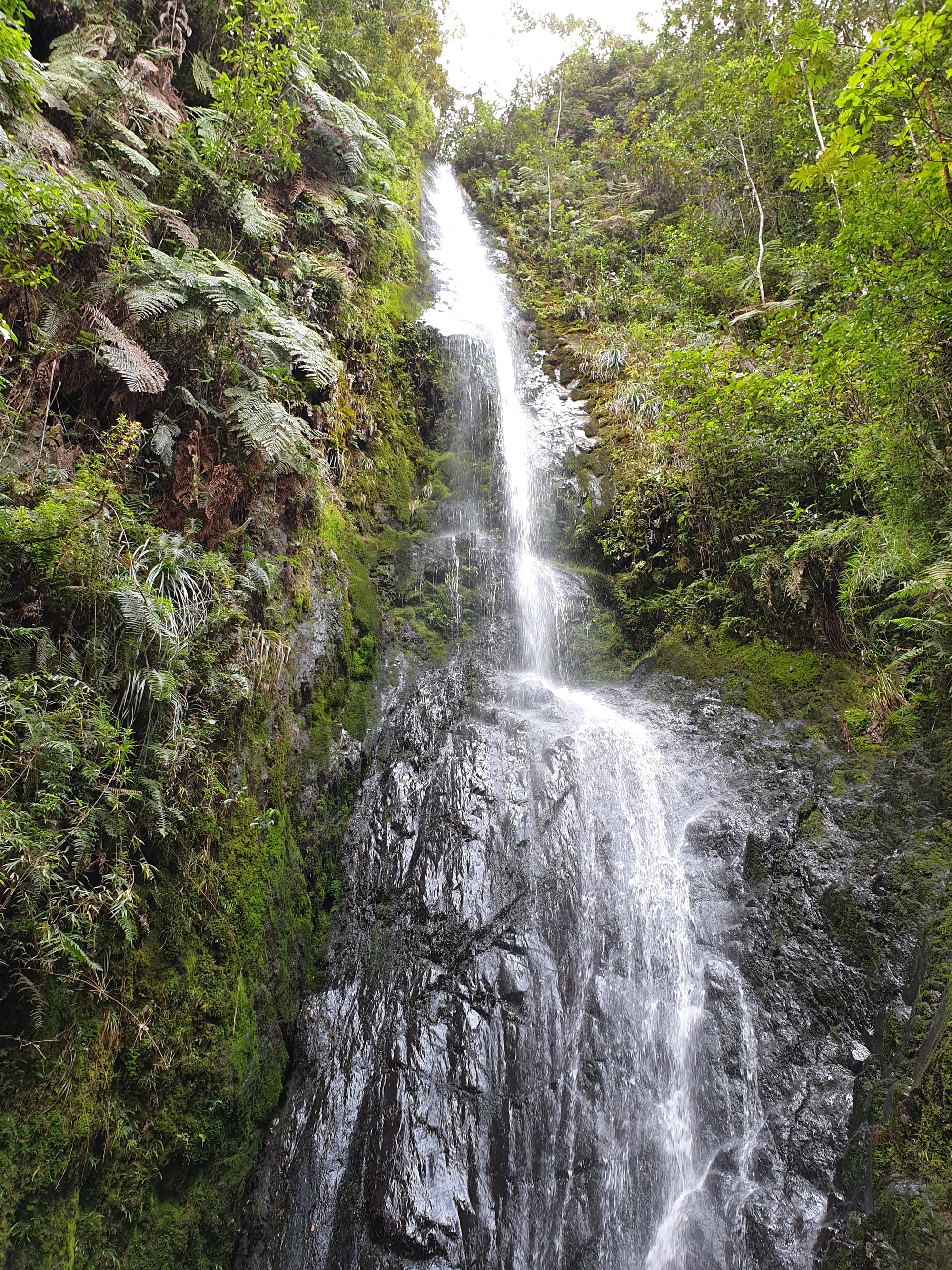
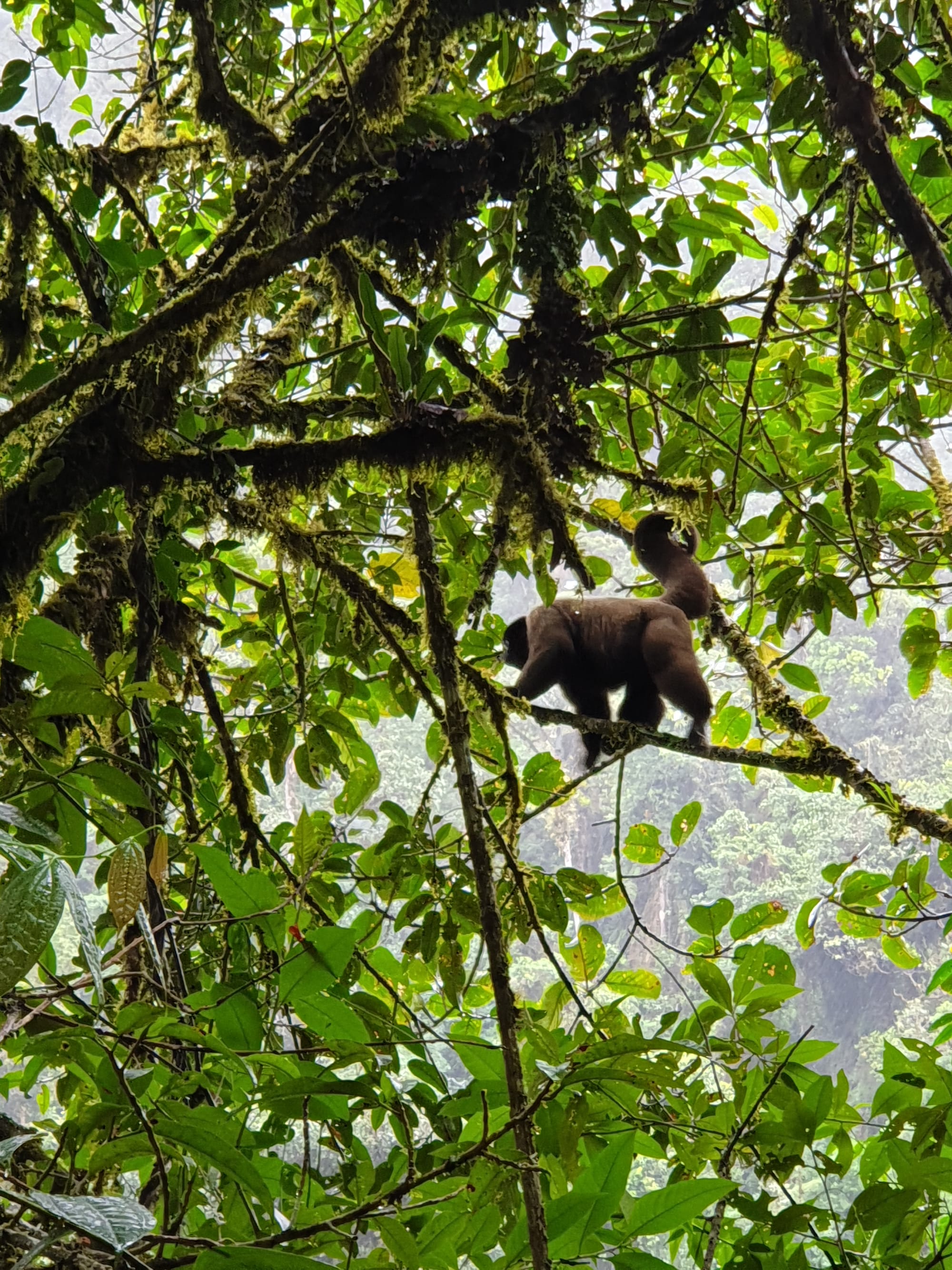
Lagothrix lagothricha ssp. tschudii Tschudi's Woolly Monkey
Woolly monkeys live in the high regions of cloud forests, humid forests, and rainforests of the Amazon Basin (Peru, Colombia, Ecuador, Brazil, and Venezuela). The woolly monkey is considered highly endangered, as the population has been rapidly declining due to habitat loss and hunting.
Pillcopata
We stayed overnight in Pillcopata - a small town in the tropical foothills at 600 meters above sea level.
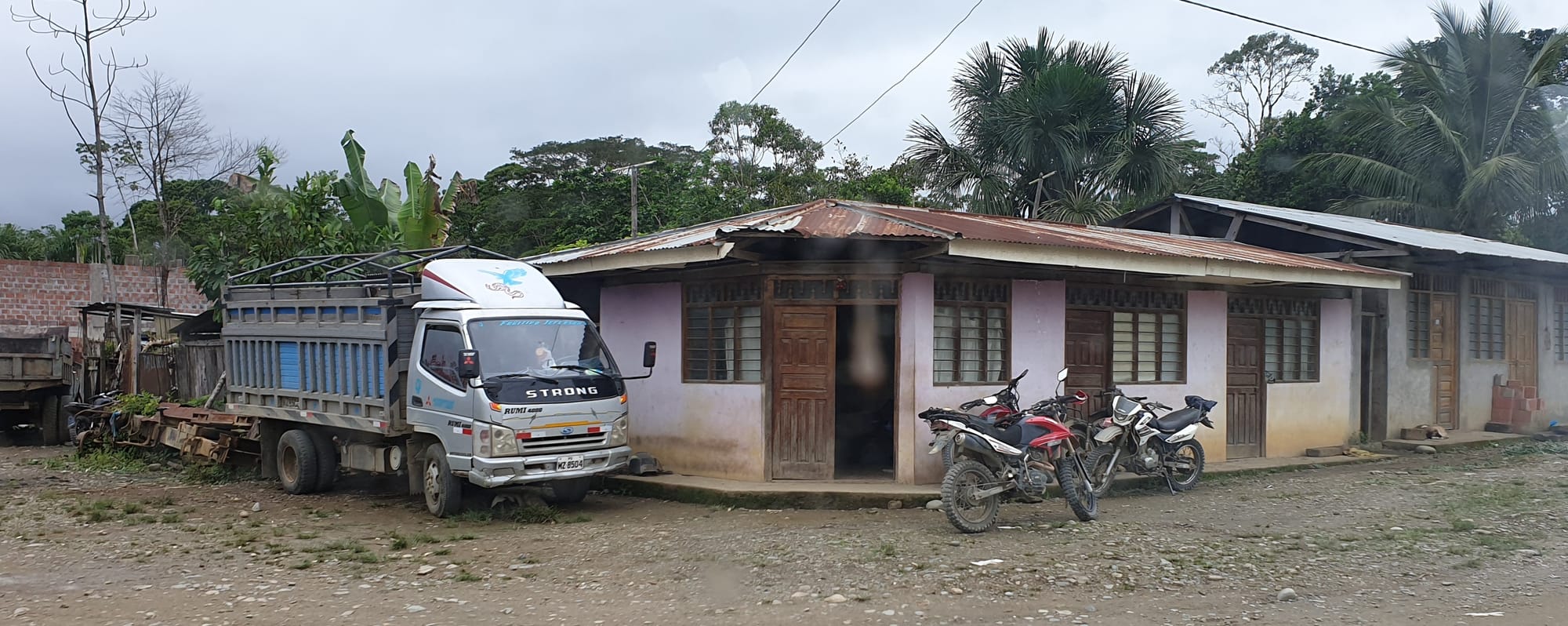
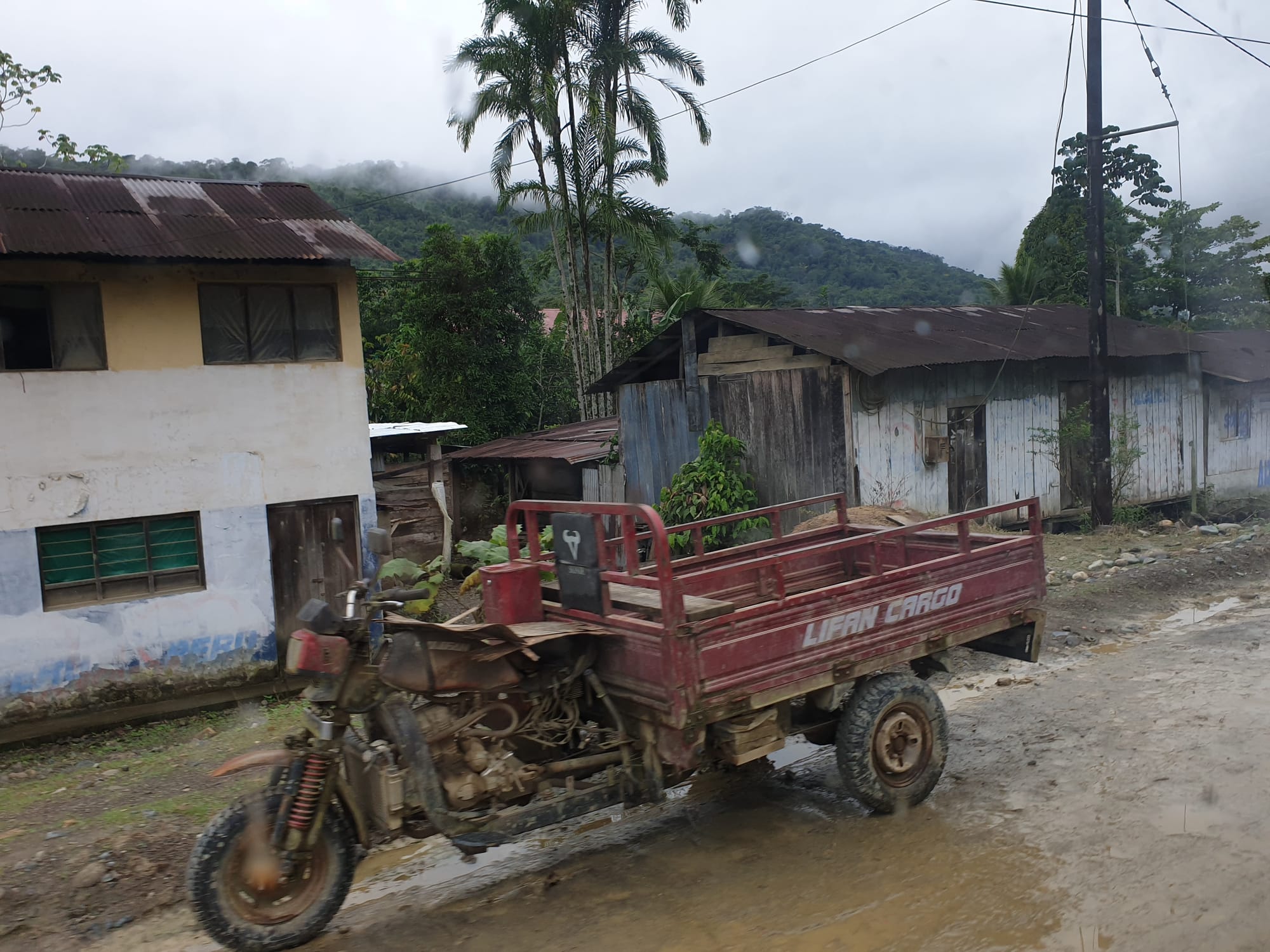
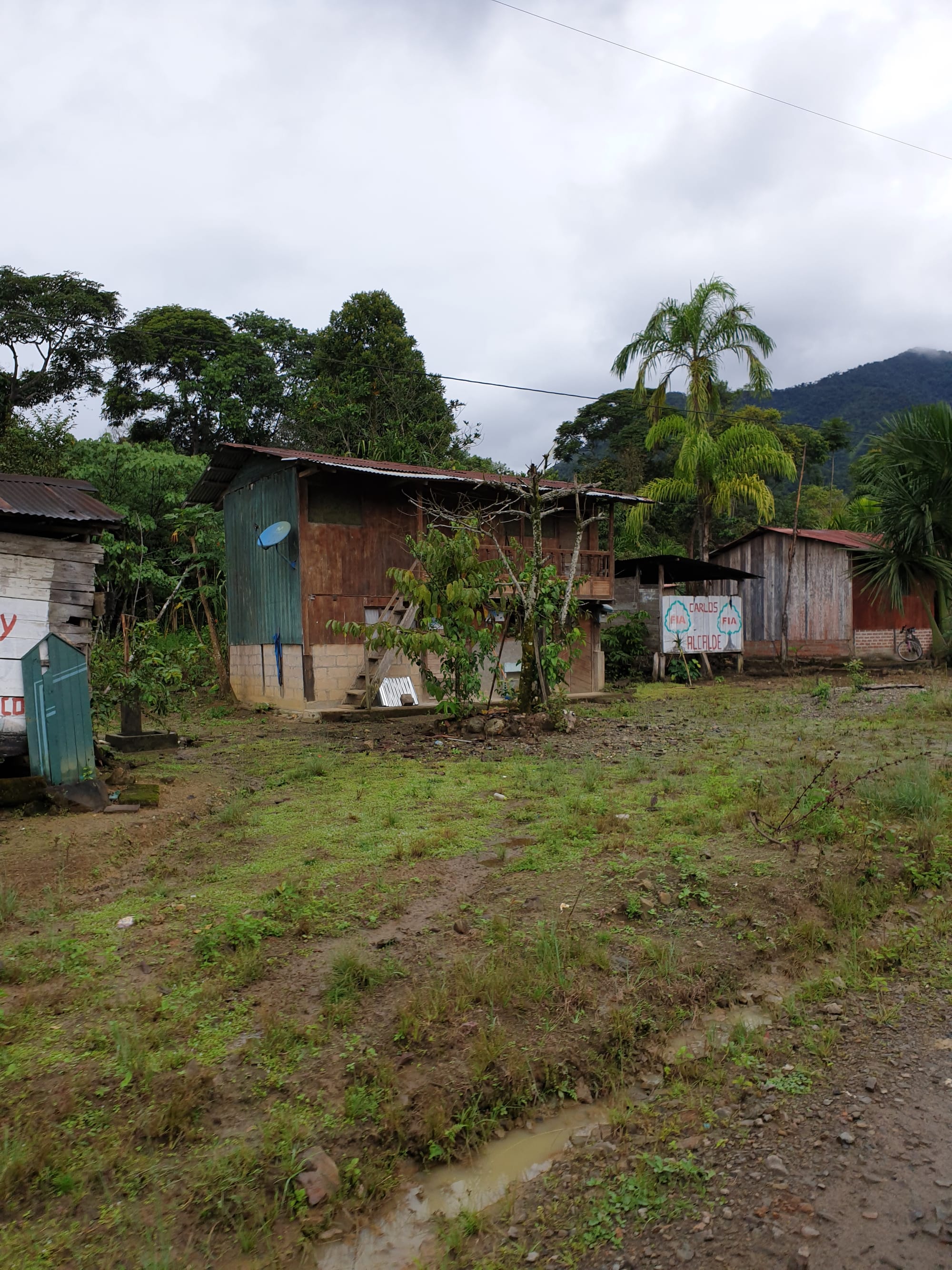
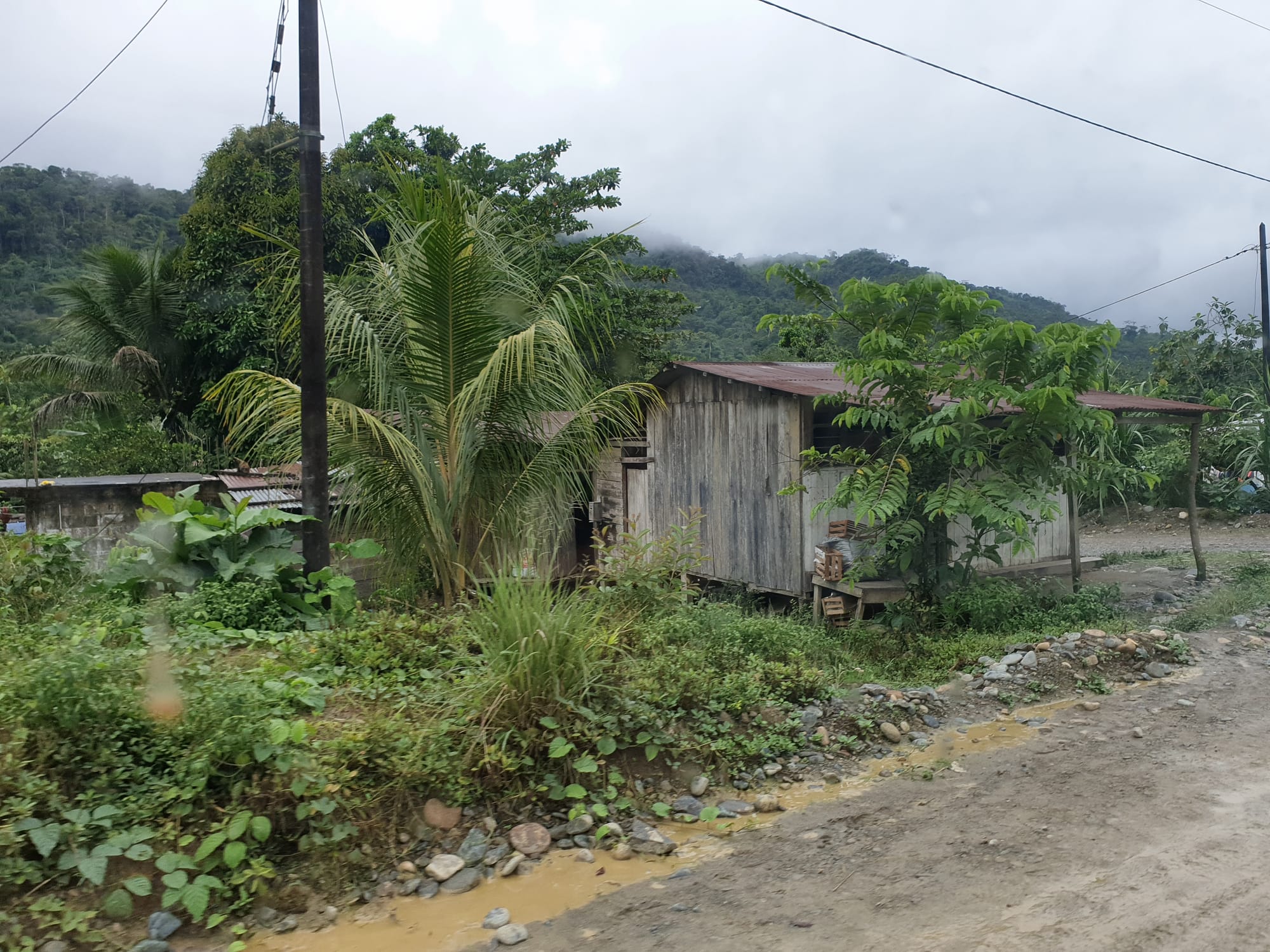
Mannu Green Lodge
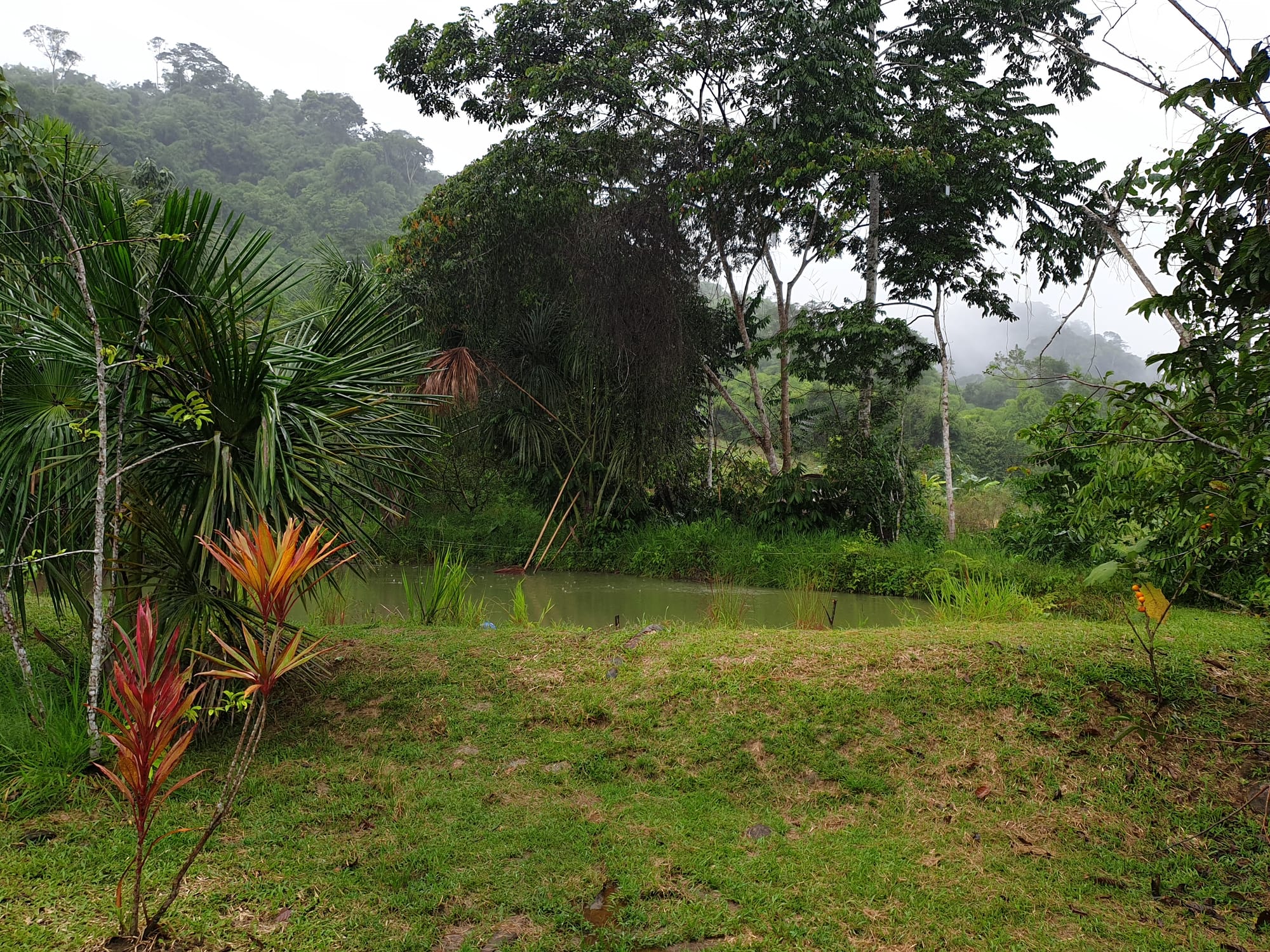
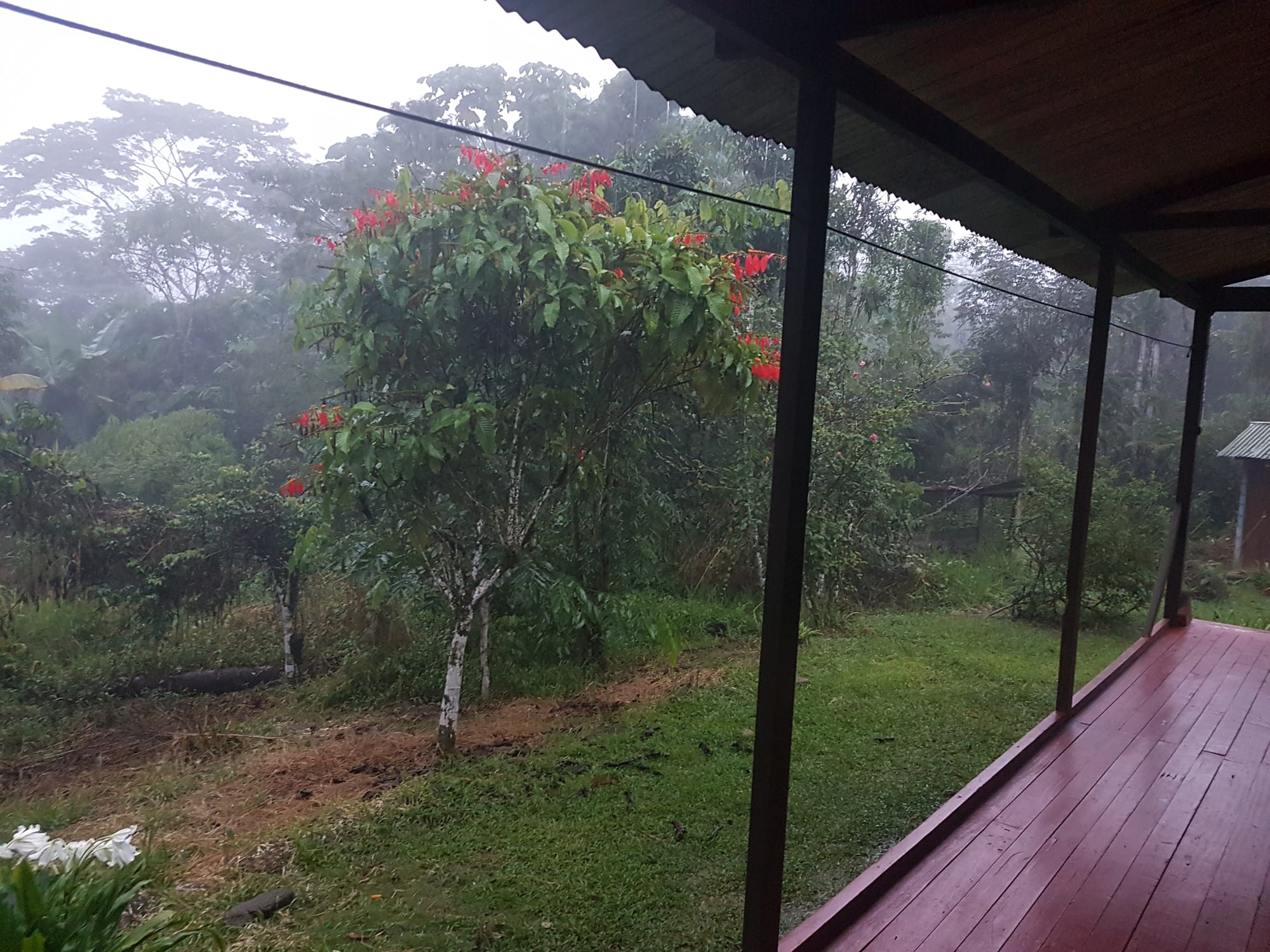
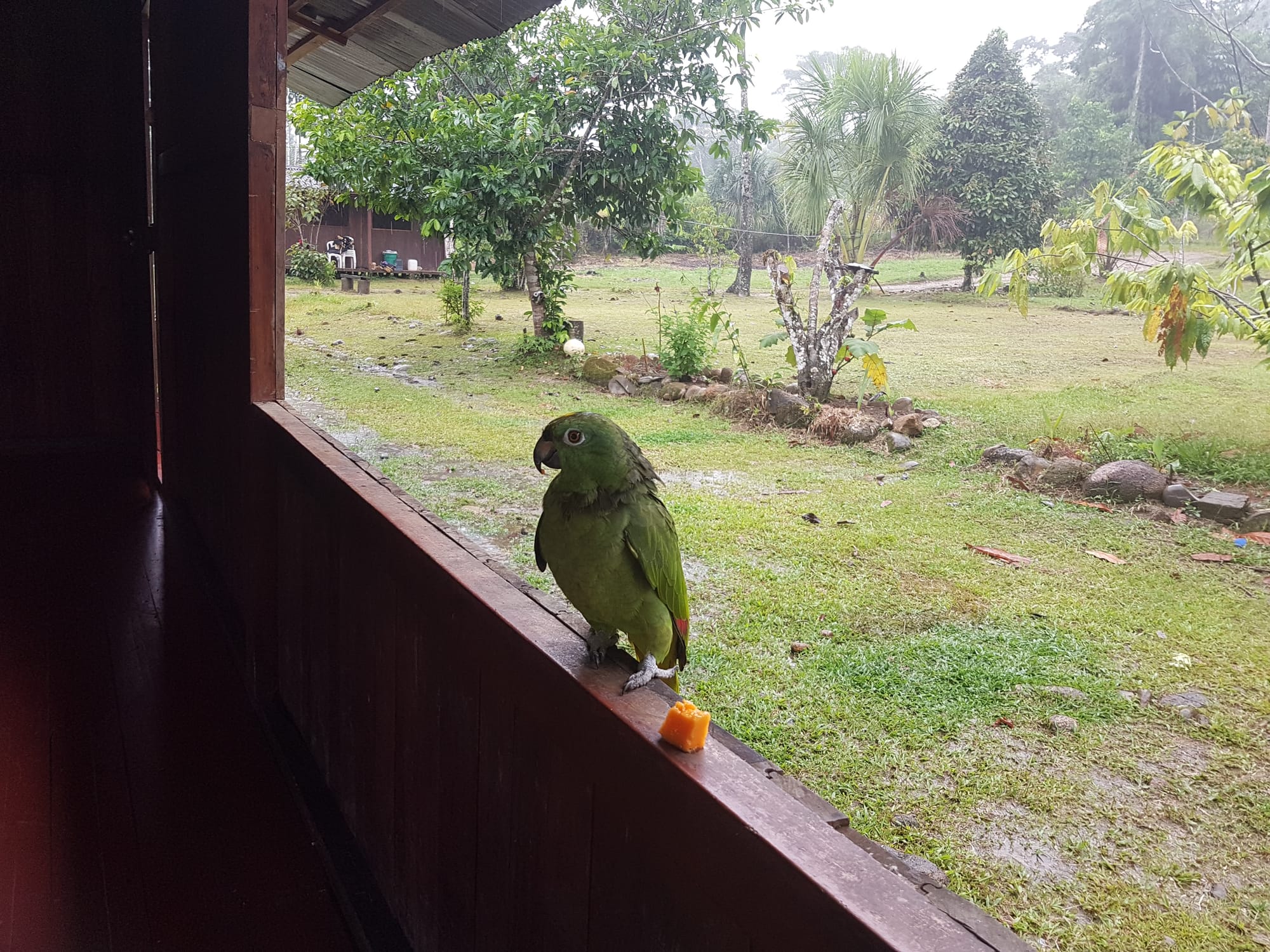
The next day, we arrived in Atalaya — a small town where the road ends, and the journey continues only by boat along the Alto Madre de Dios River.
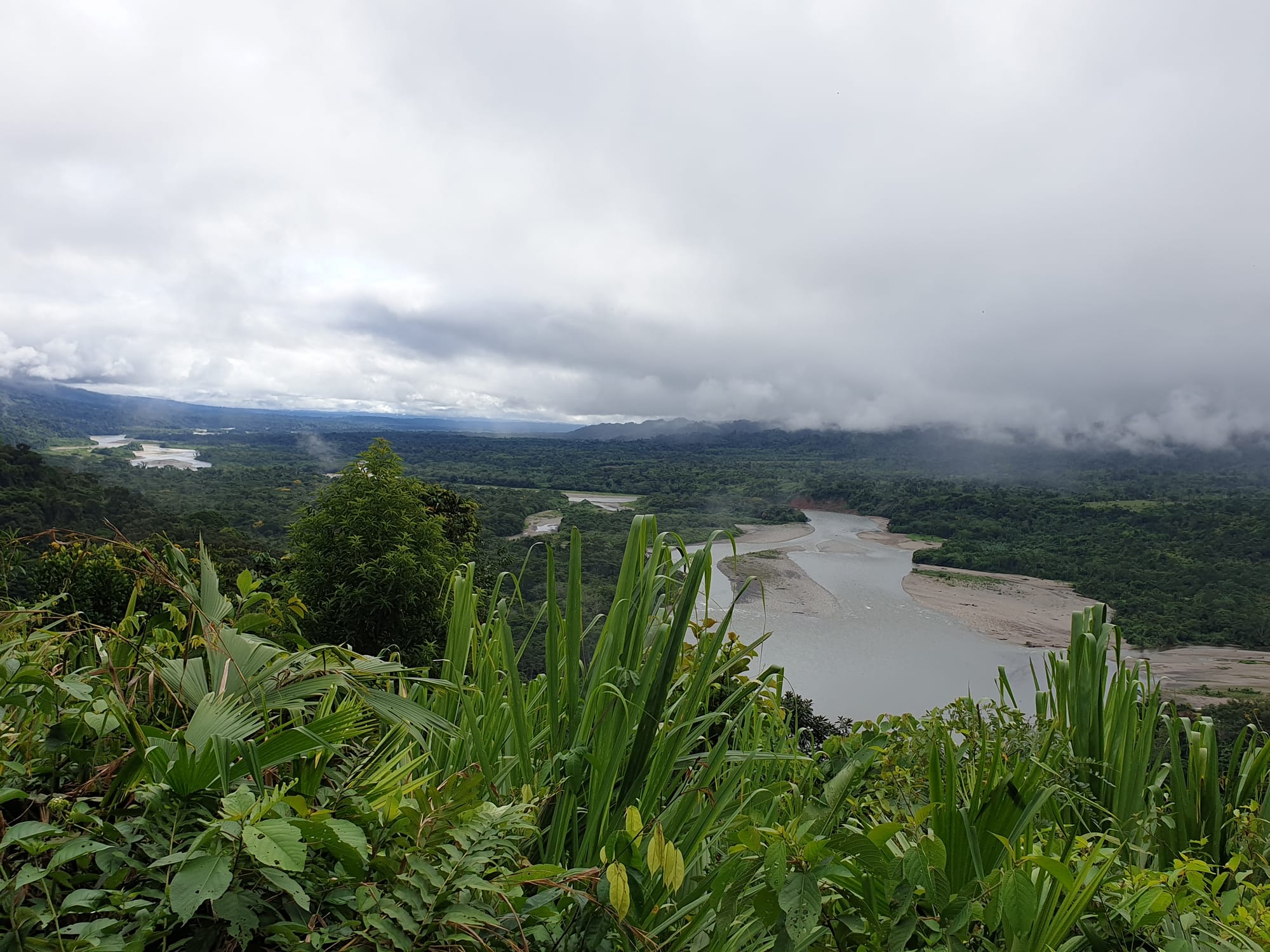
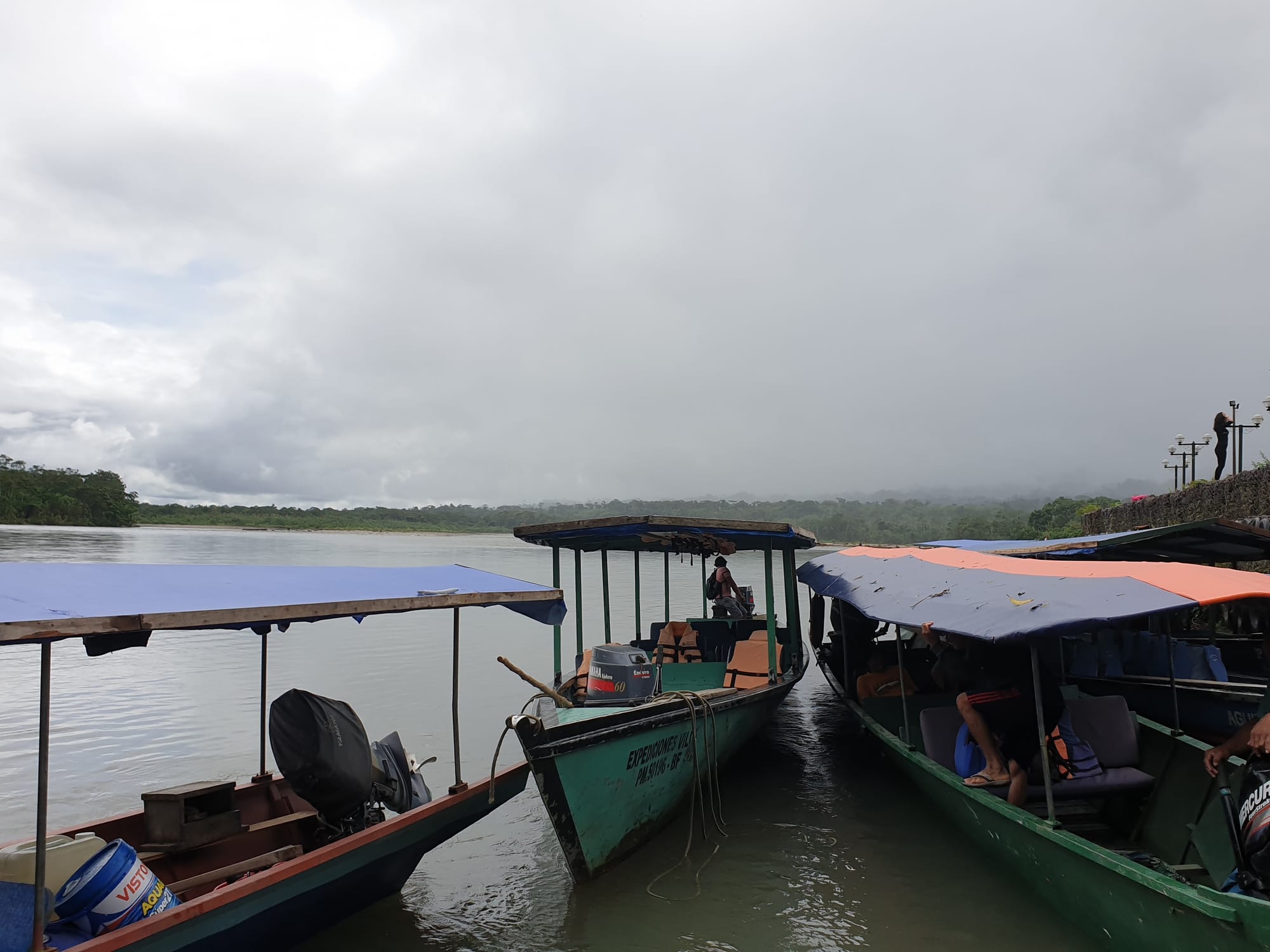
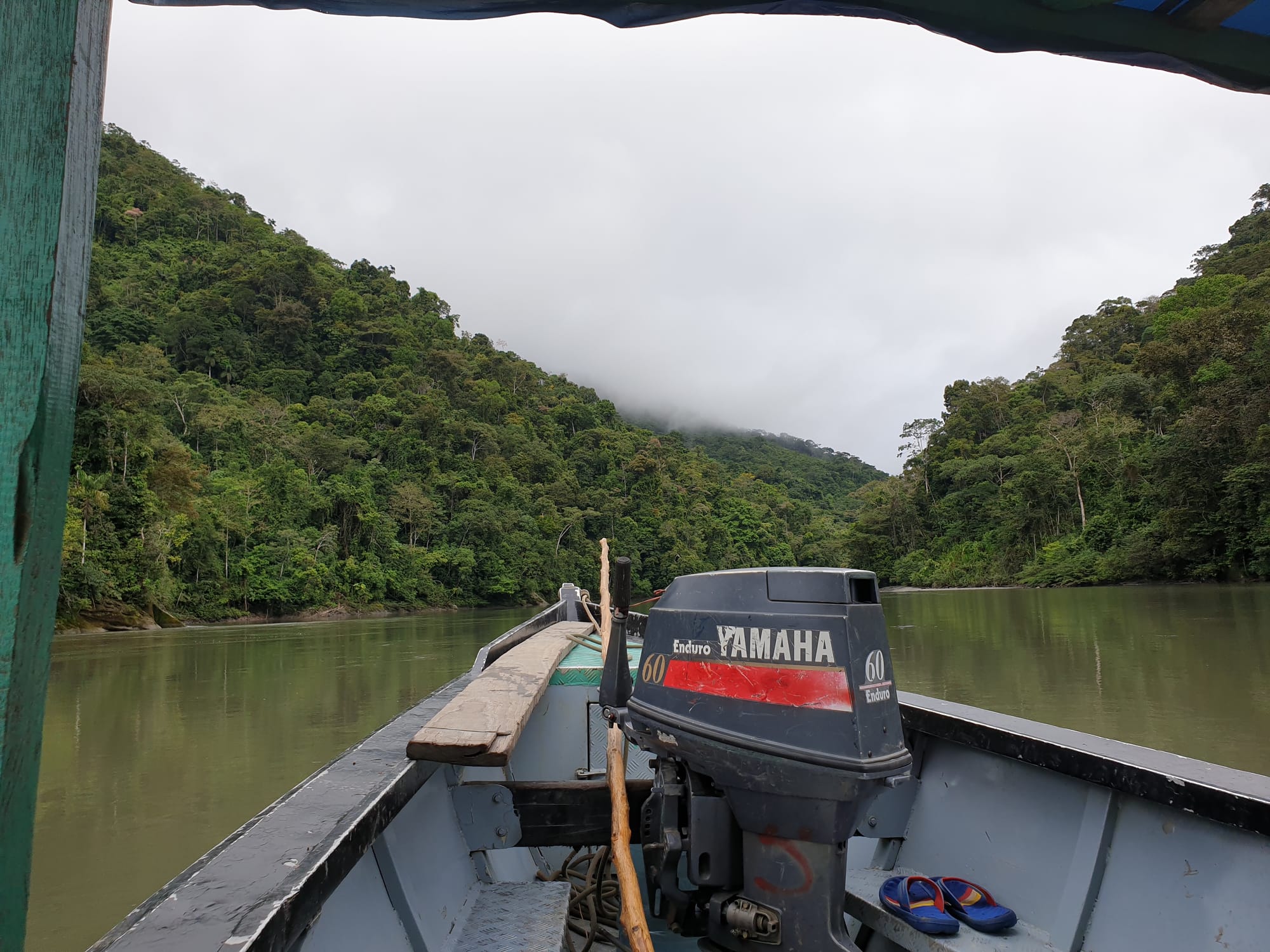
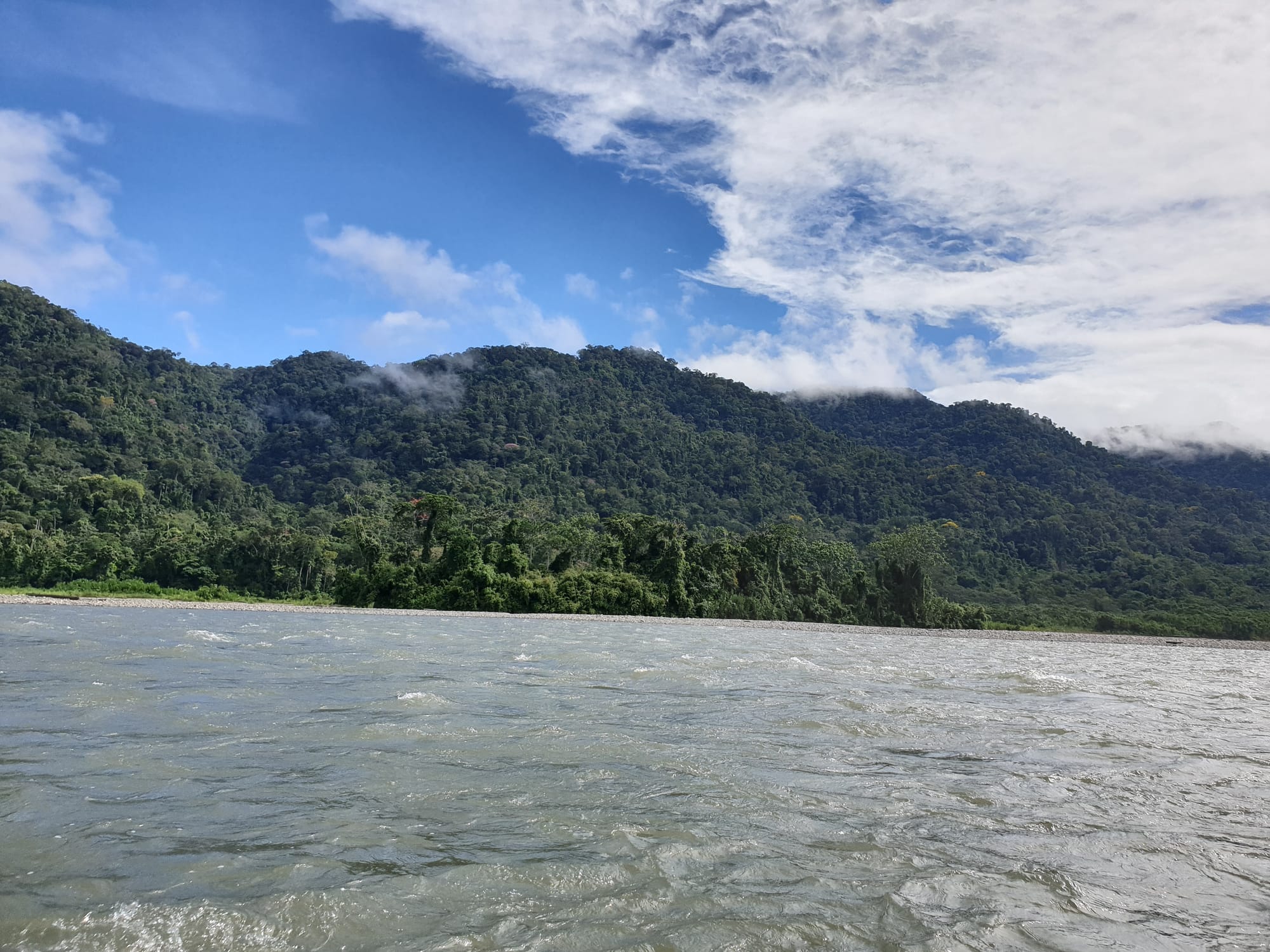
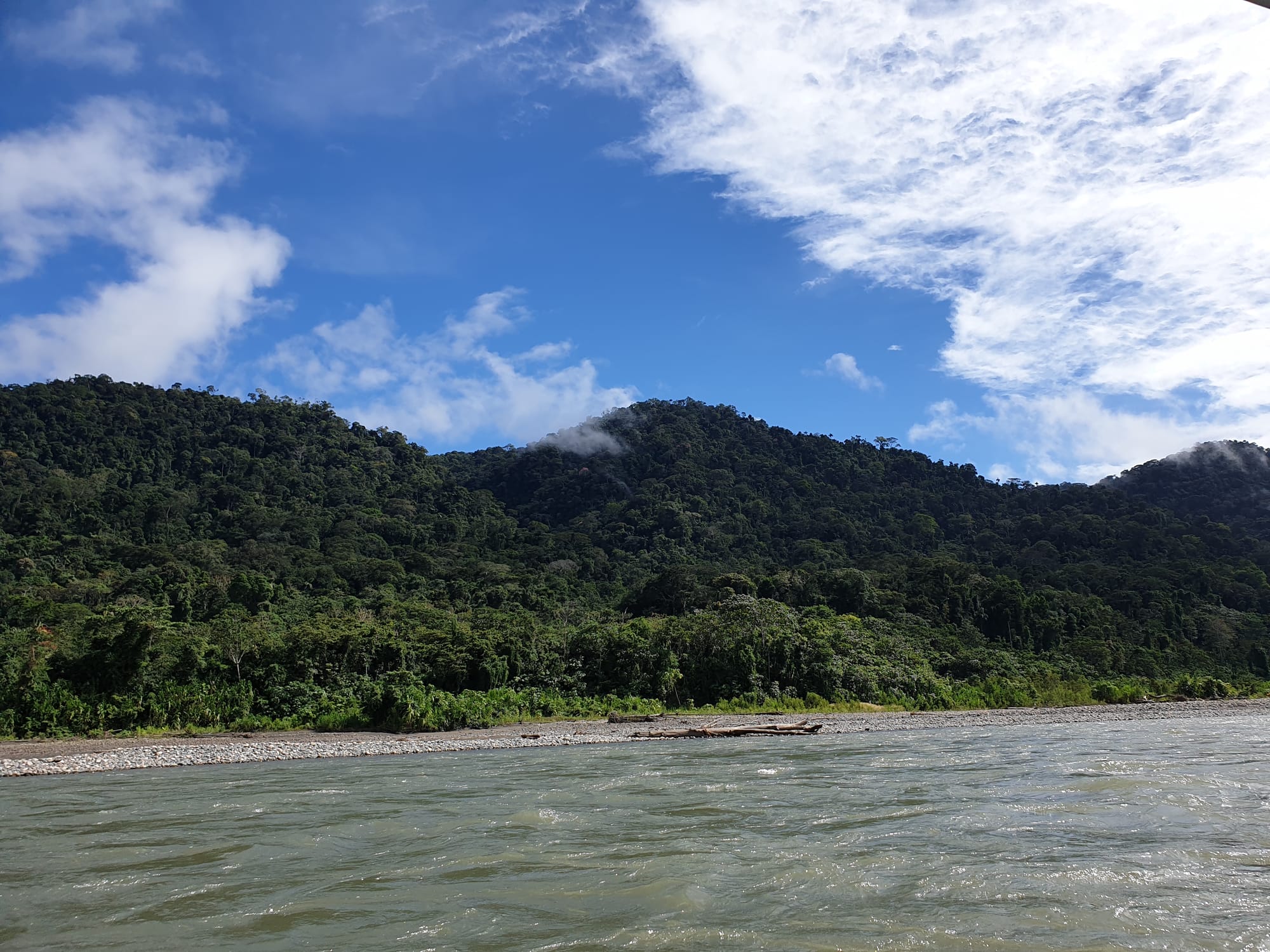
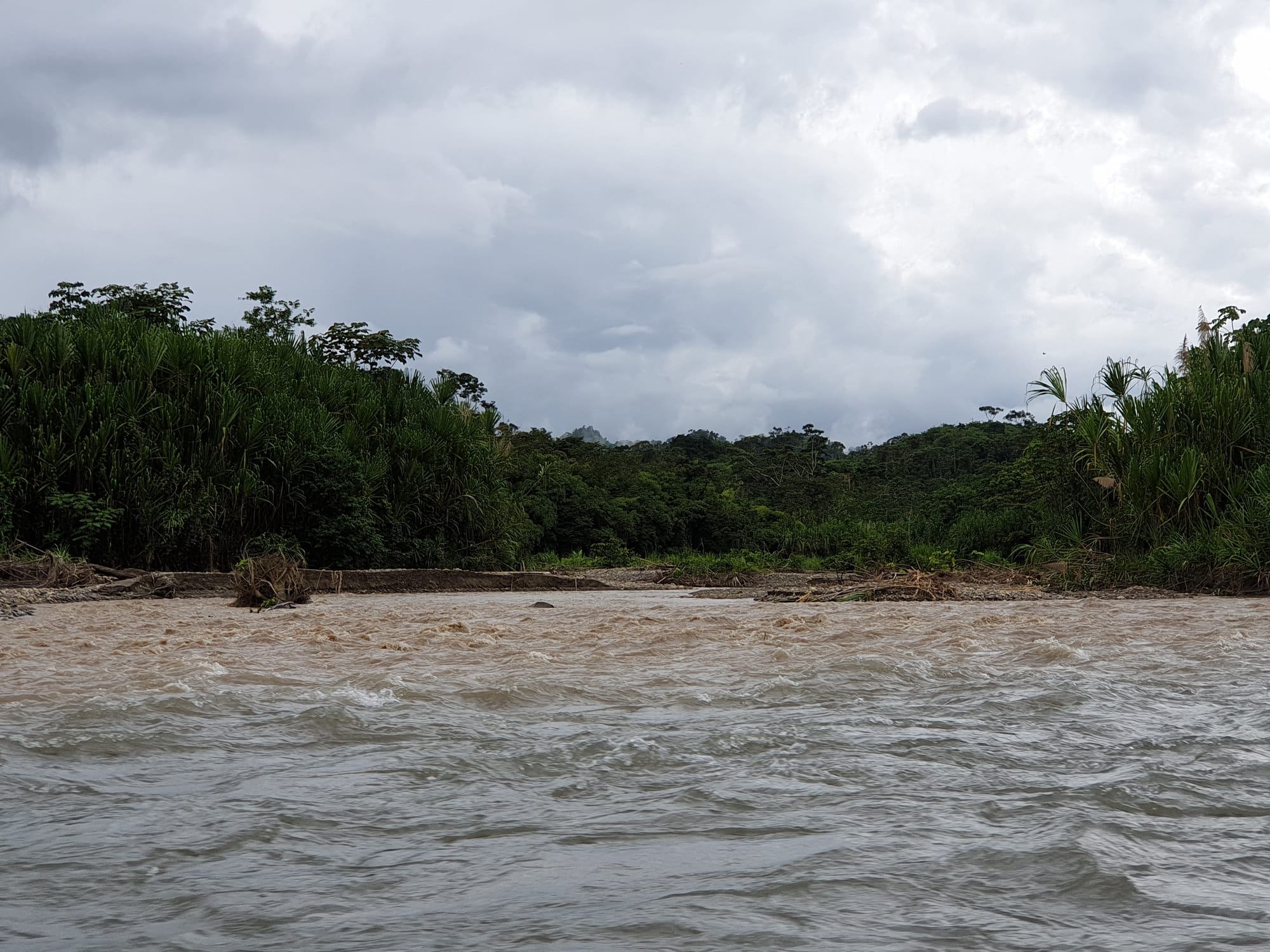
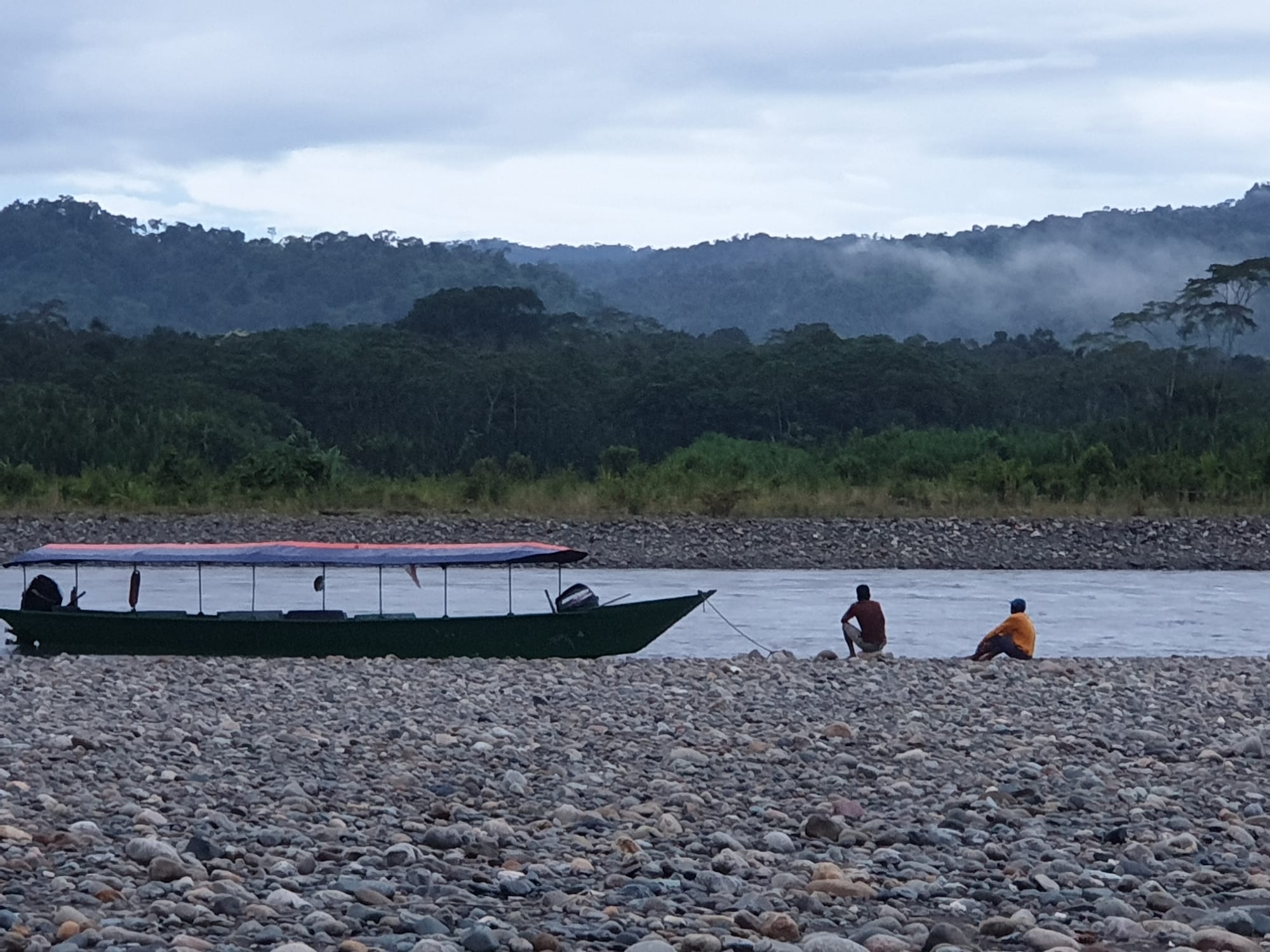
Paititi Lodge
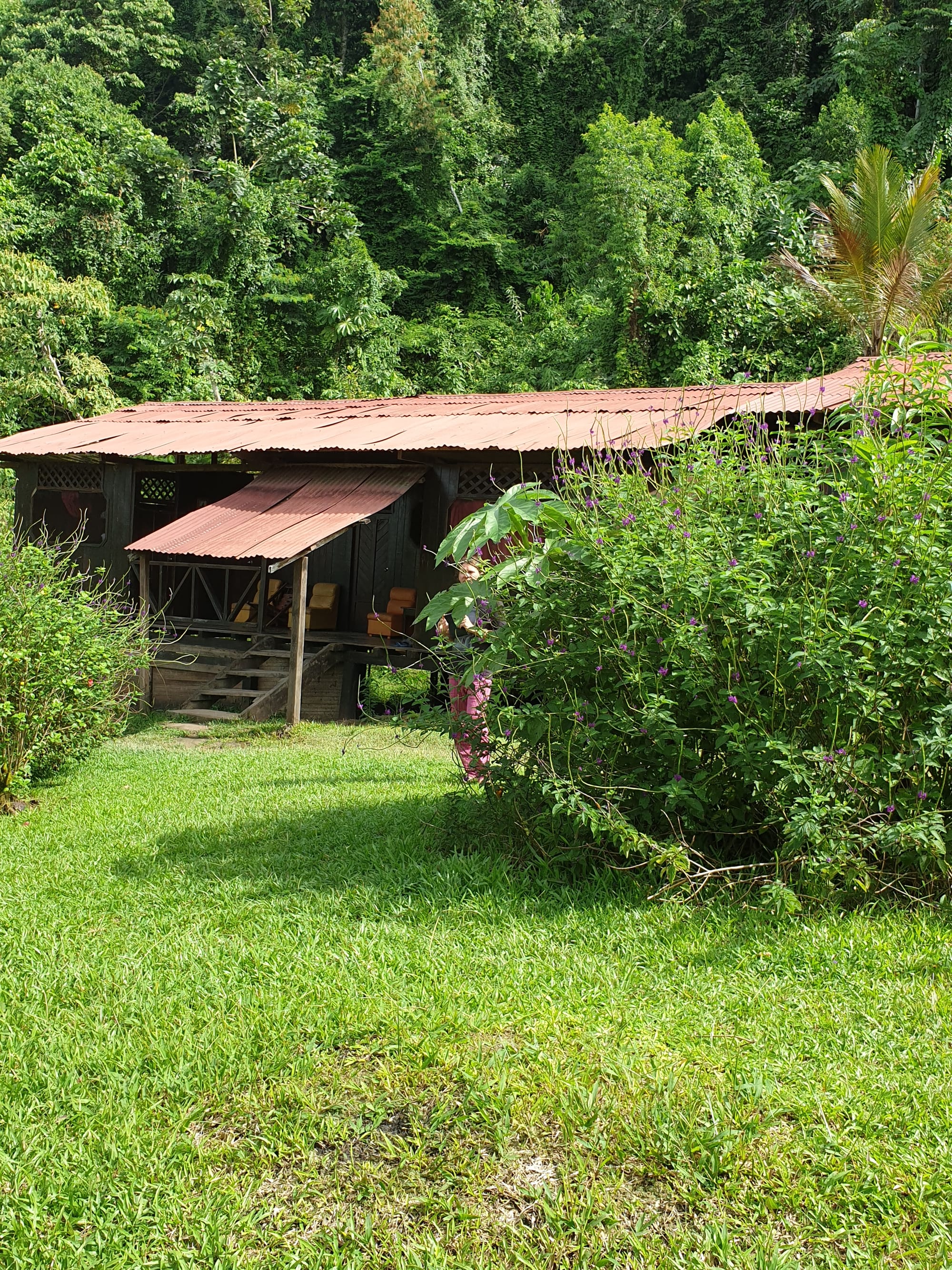

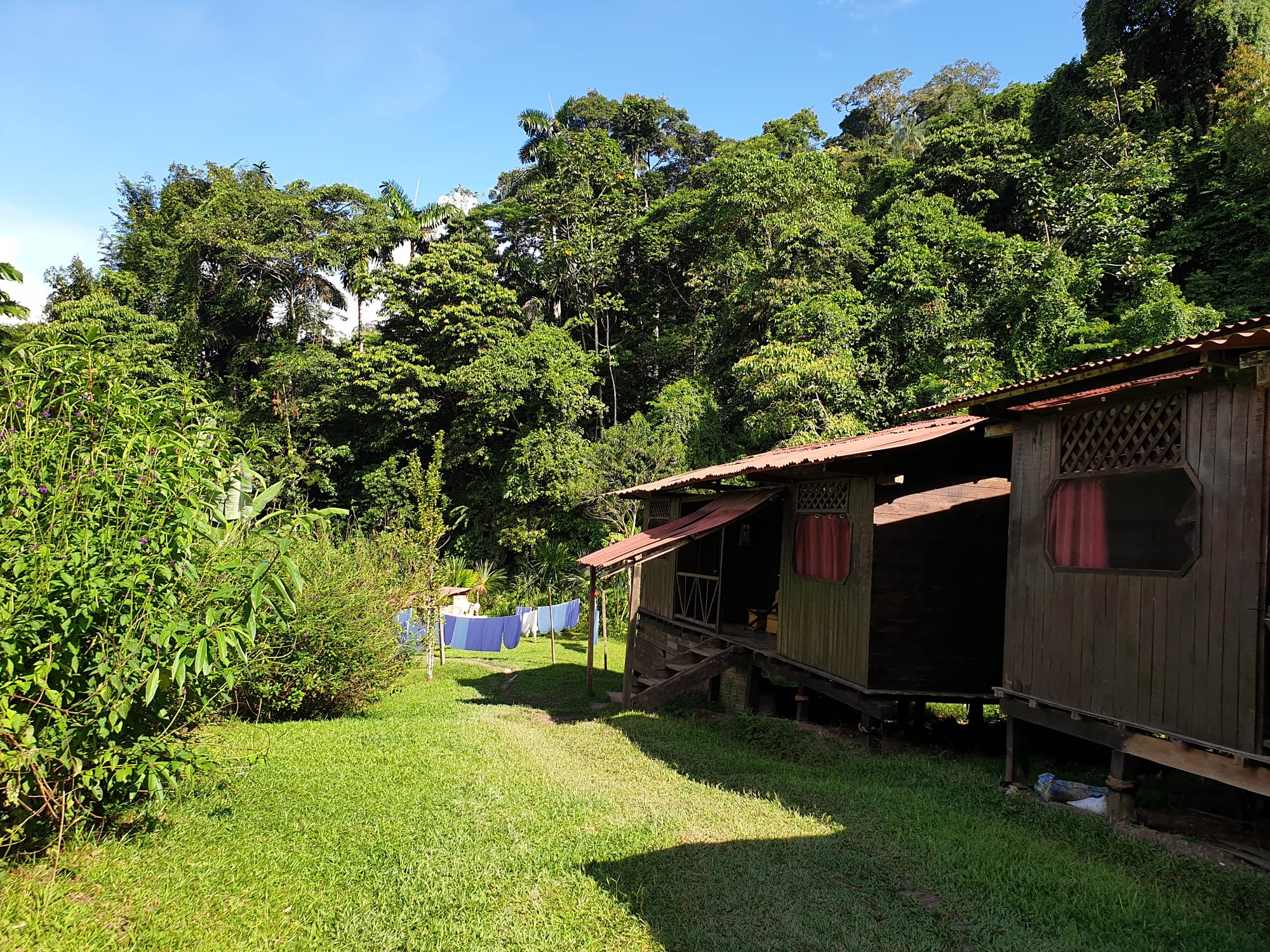
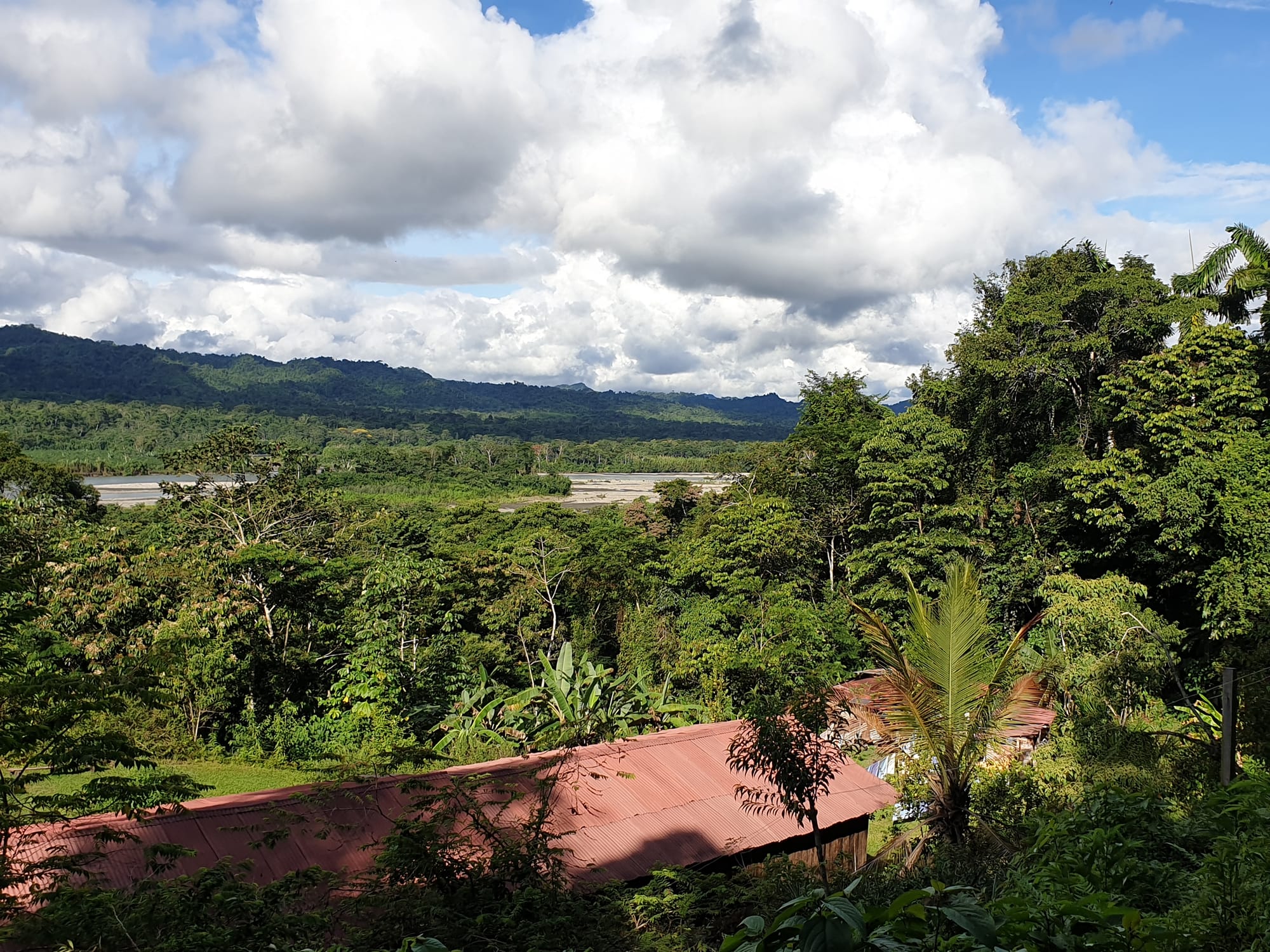
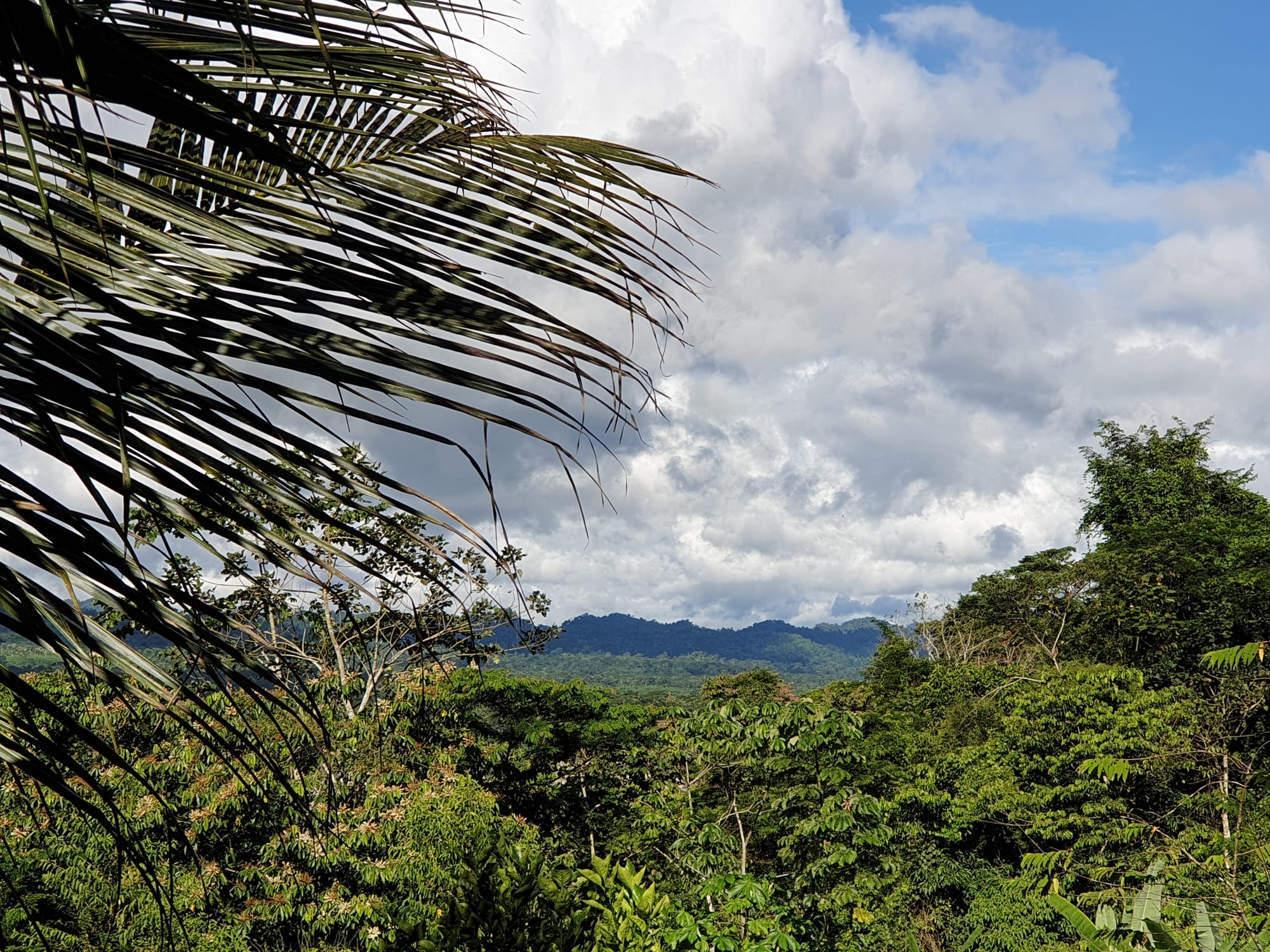
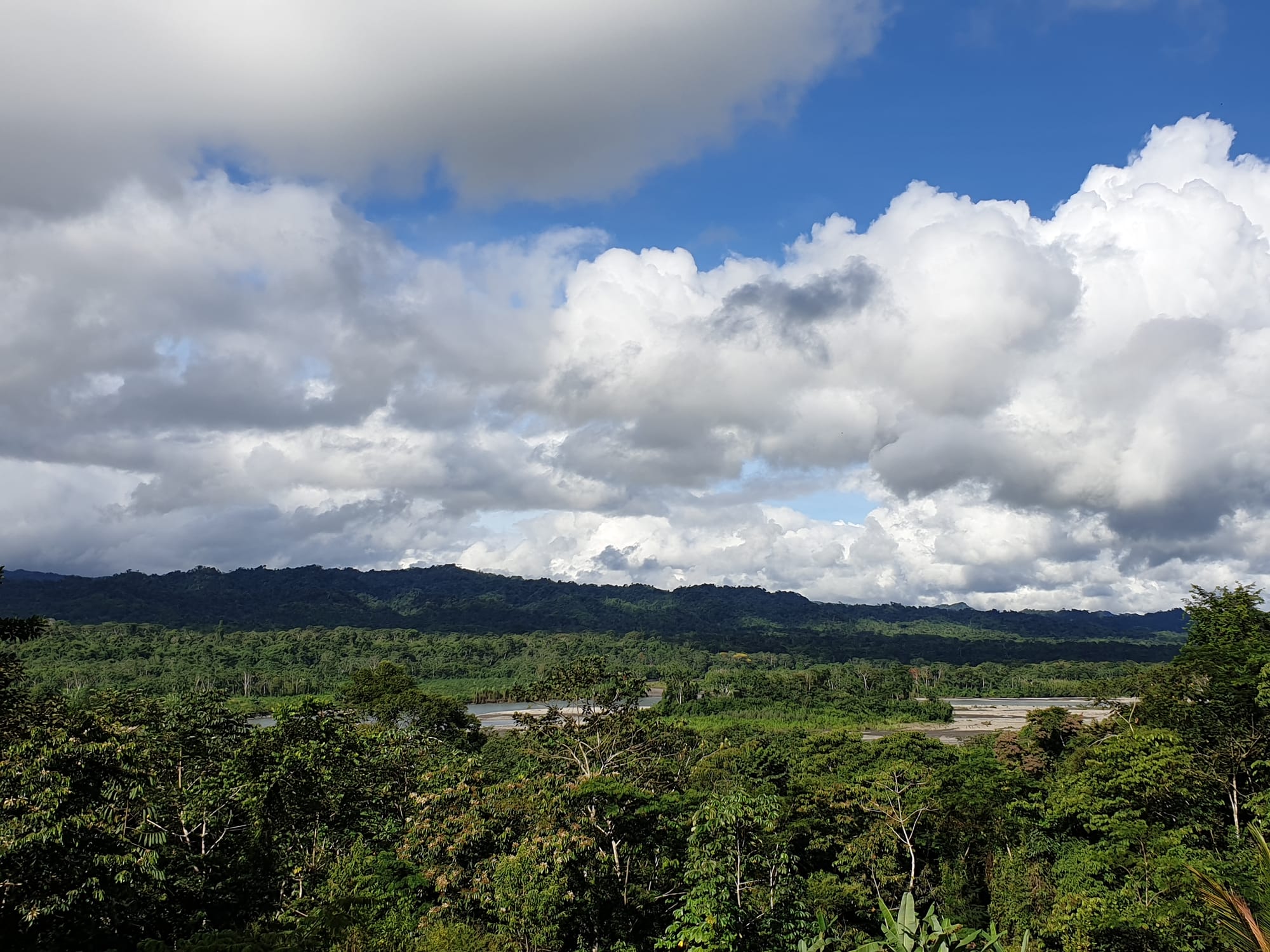
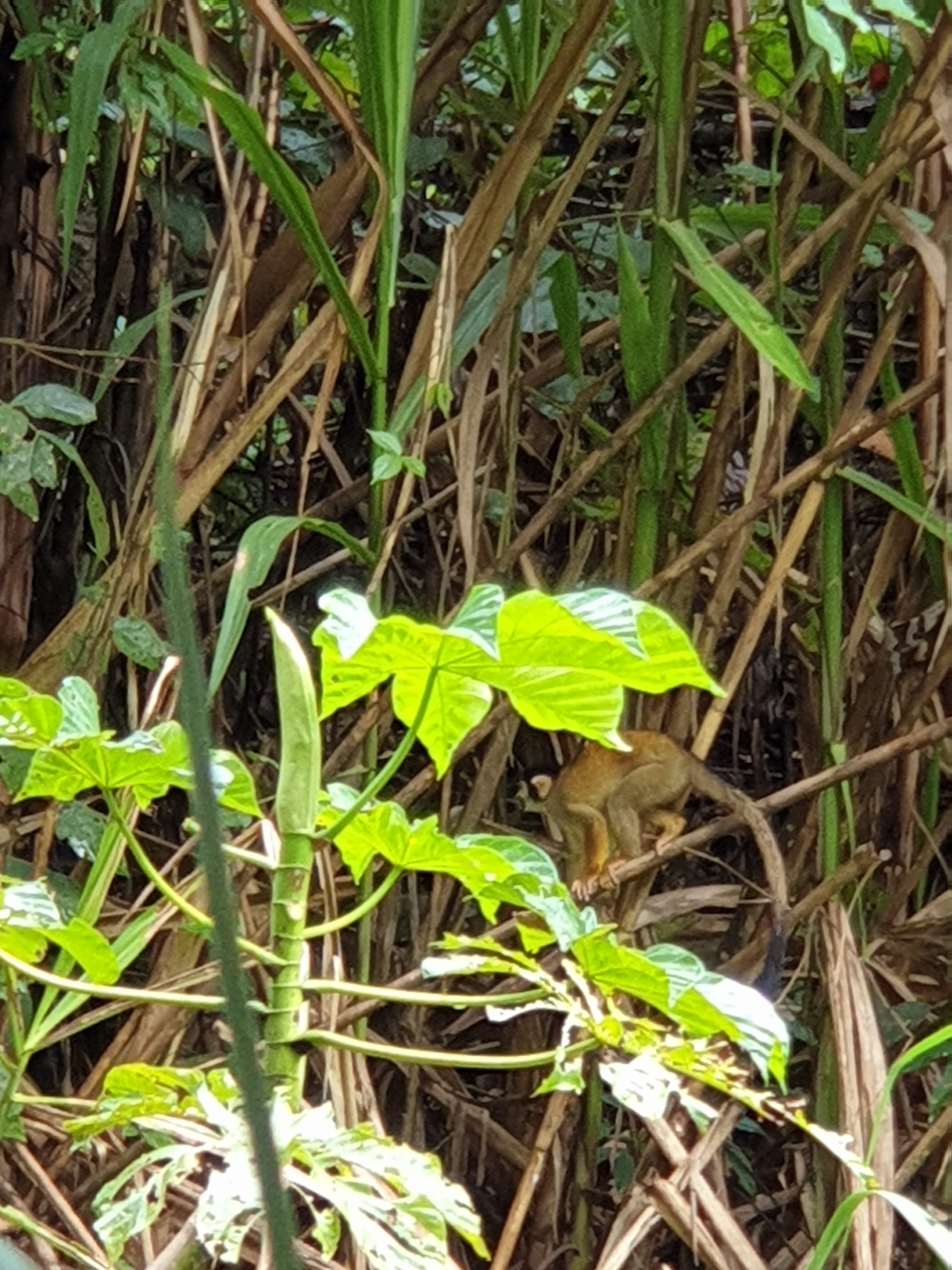
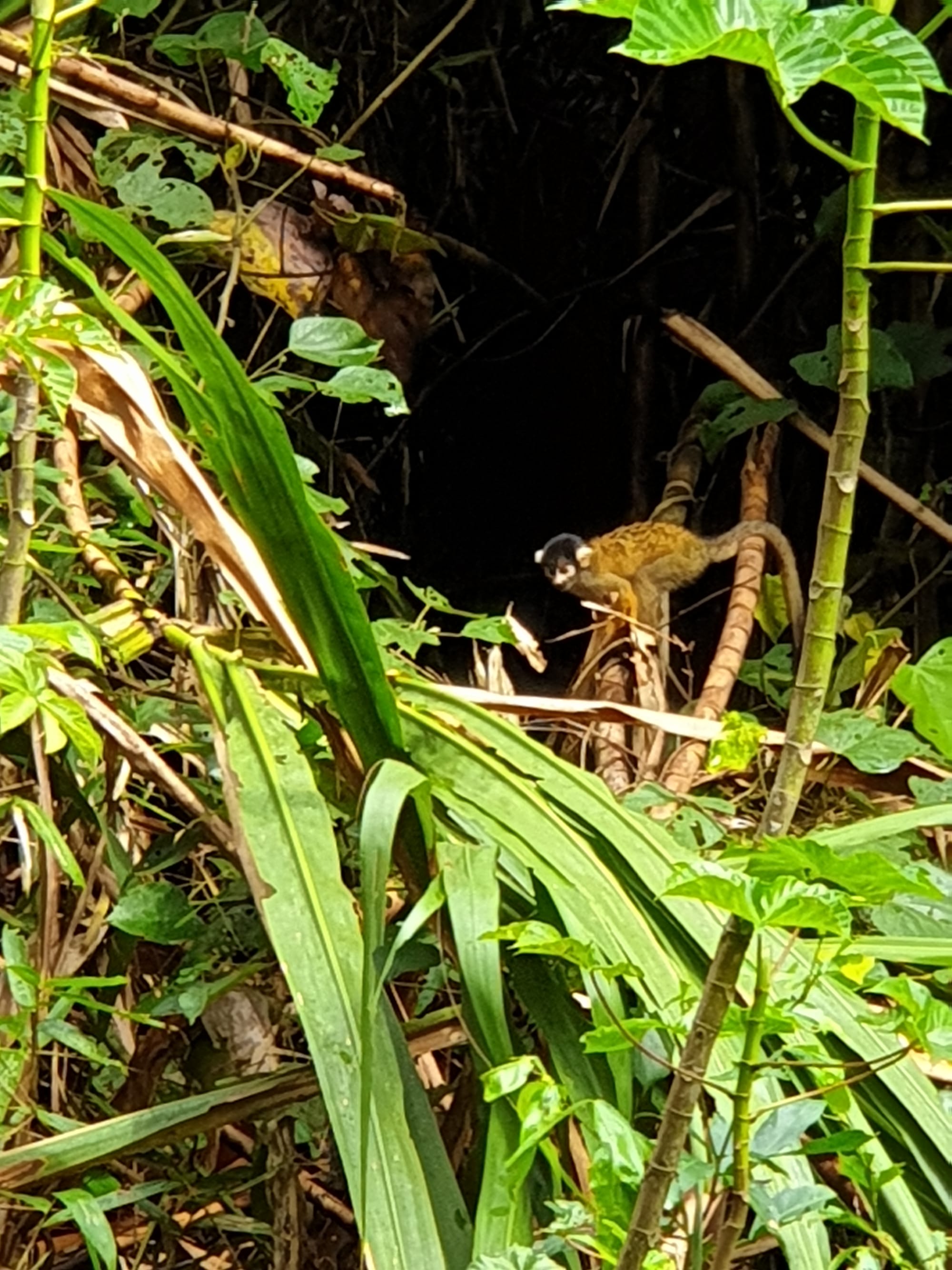
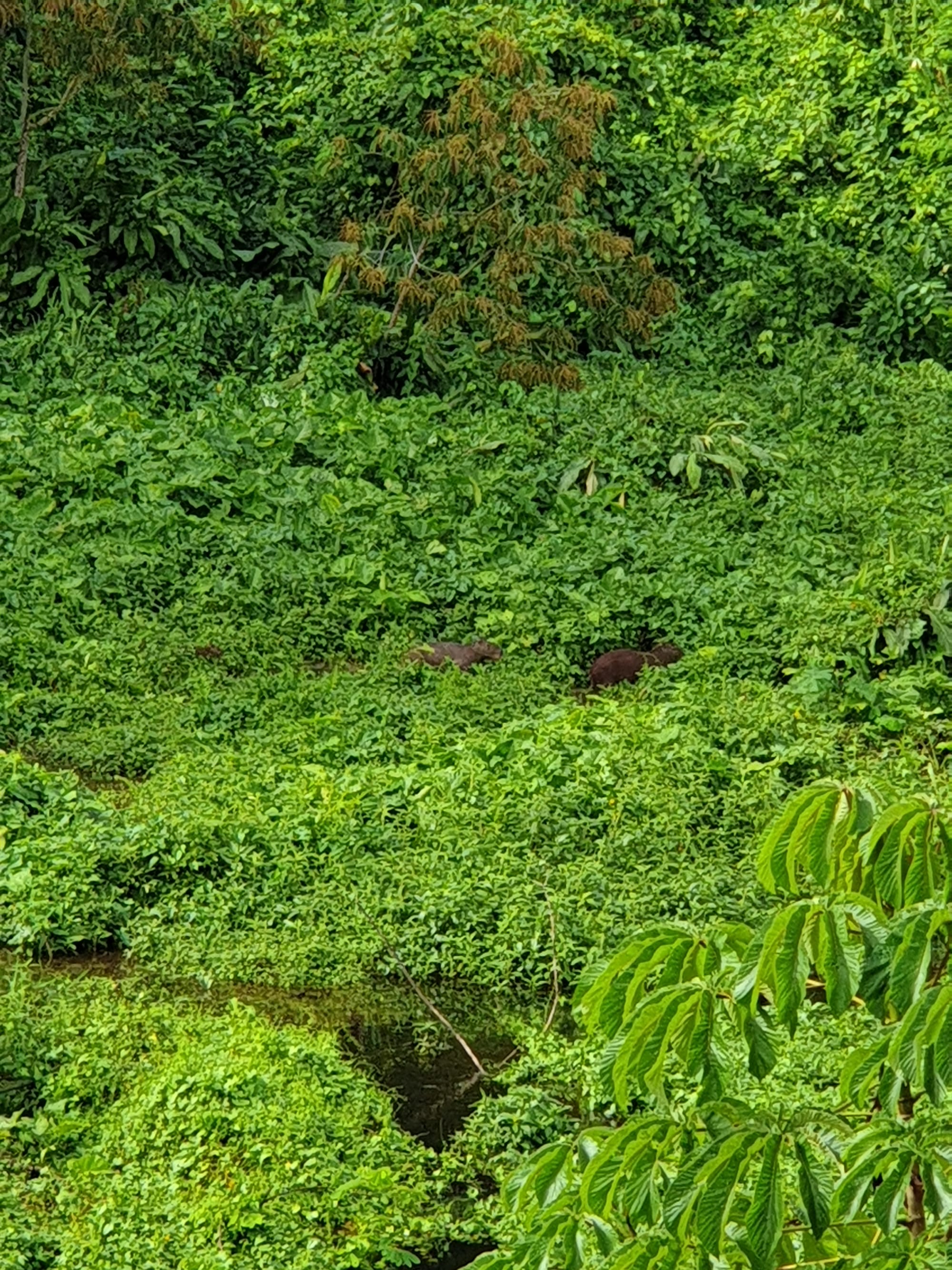
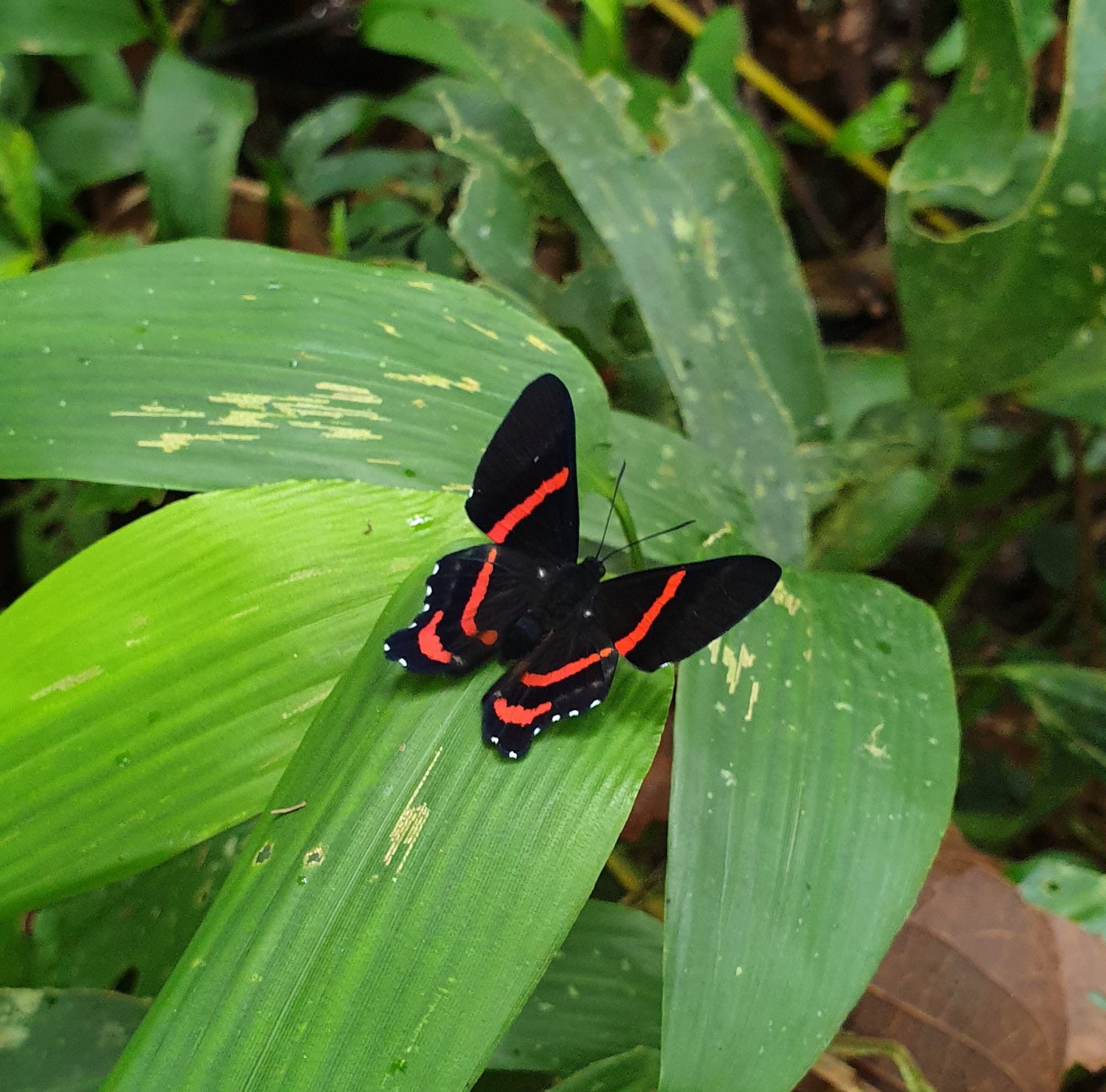
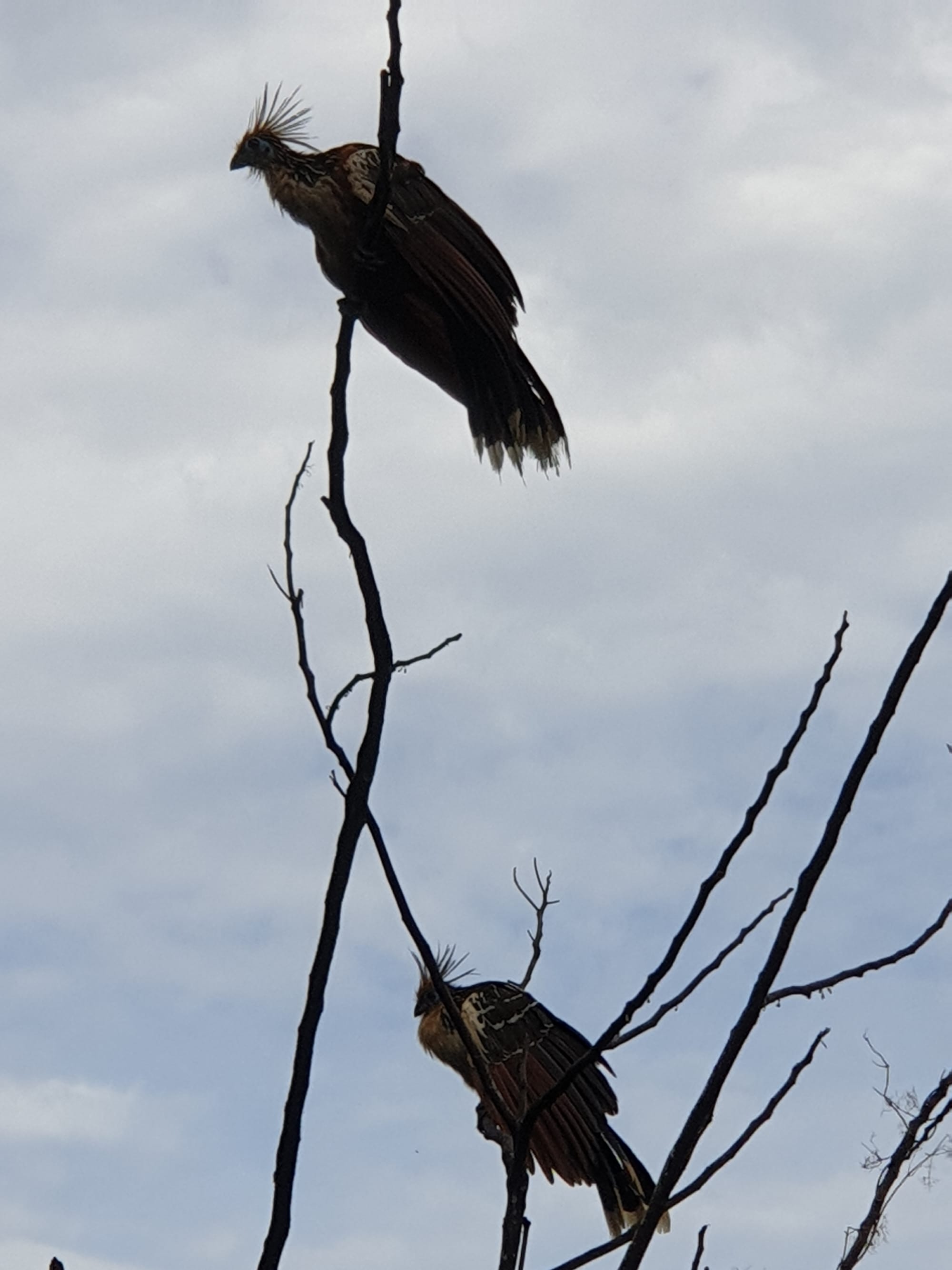
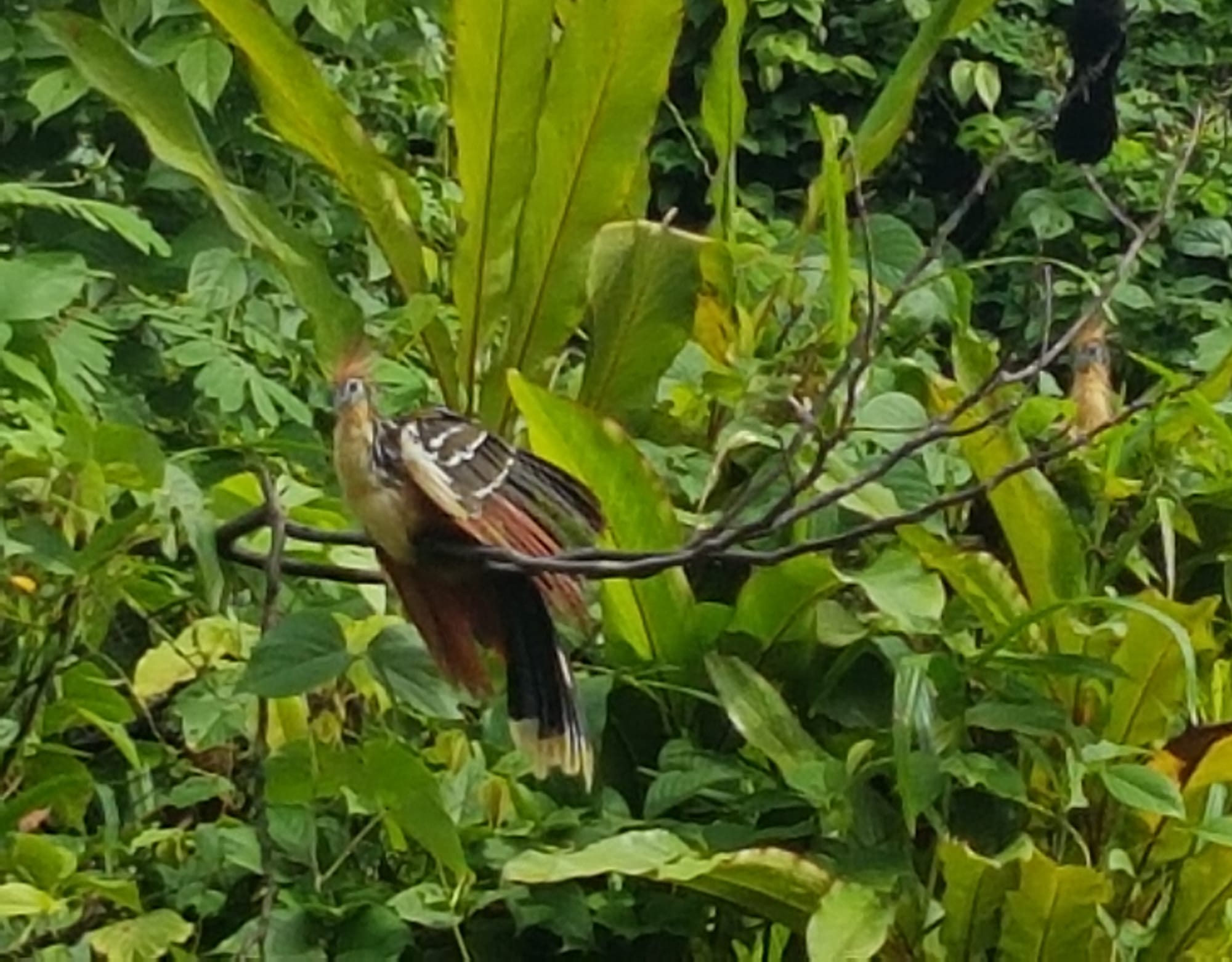
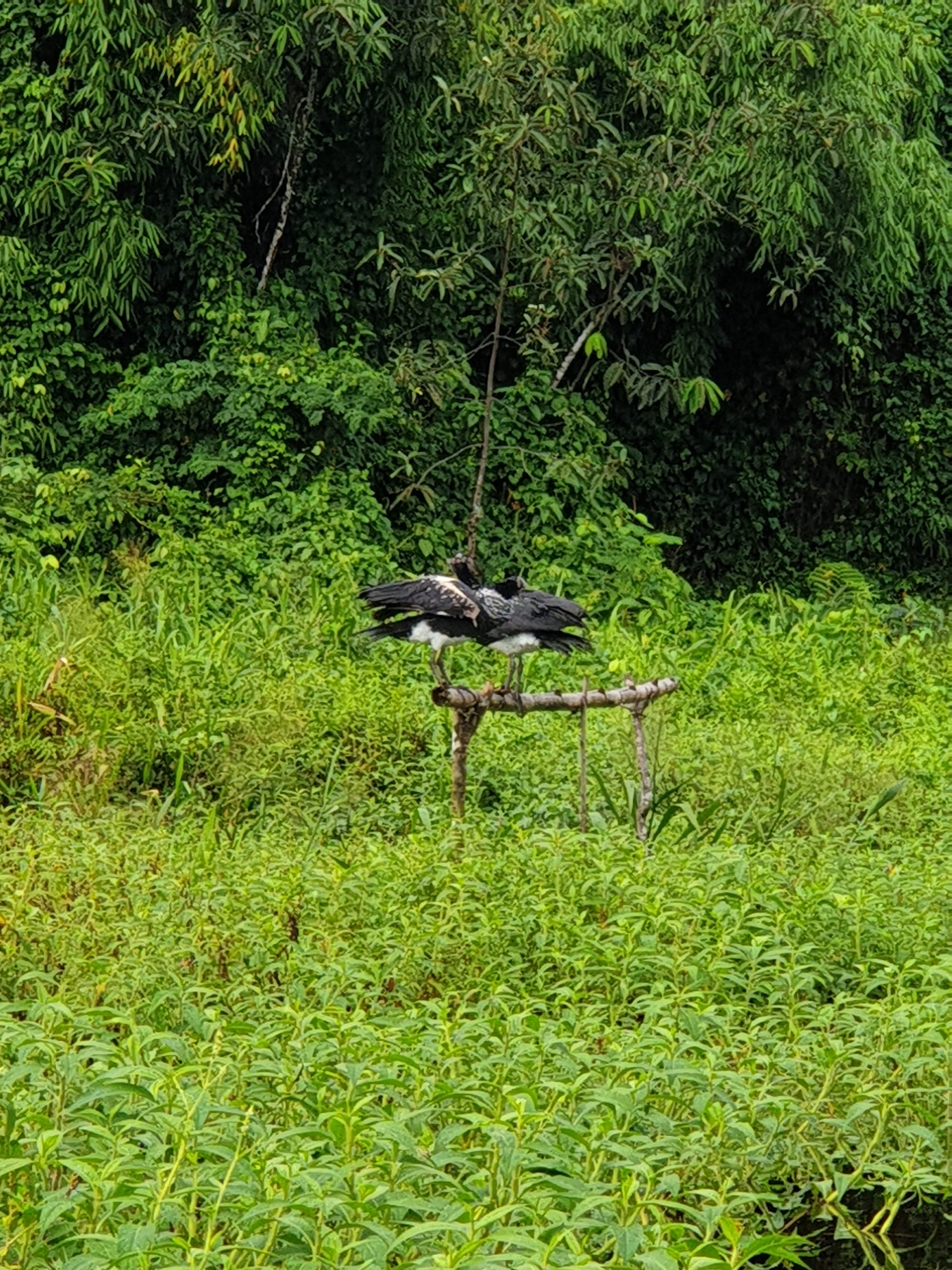
Photo 1 and 2 : The Peruvian squirrel monkey (Saimiri boliviensis peruviensis) is native to the upper Amazon Basin in Bolivia, western Brazil, and eastern Peru. According to the IUCN, its current conservation status is Least Concern. https://en.wikipedia.org/wiki/Black-capped_squirrel_monkey
Photo 3: The Greater capybara (Hydrochoerus hydrochaeris) the largest living rodent, inhabits areas near water in savannas and forests. We saw a mother with two babies (in the photo 3) —I was so excited that I couldn’t even take a zoomed-in photo. The greater capybara is Least Concern according to IUNC.
Photo 4 Ancyluris etias
Photo 5 & 6 The hoatzin Opisthocomus hoazin The hoatzin is such a bizarre and distinctive bird that scientists have classified it in its own family, Opisthocomidae, and even its own suborder, Opisthocomi. Hoatzin babies are born with two claws on each wing. They use these claws — along with their oversized feet — to clamber along tree branches (watch the video below!).
Hoatzins are folivores, meaning they eat leaves, and their digestive system is uniquely adapted for fermentation — a process not found in any other bird species.
Hoatzins live near swamps, oxbow lakes, slow-moving rivers, and flooded forests in South America.
Photo 7 horned screamer (Anhima cornuta) https://en.wikipedia.org/wiki/Horned_screamer
Plants and fungi
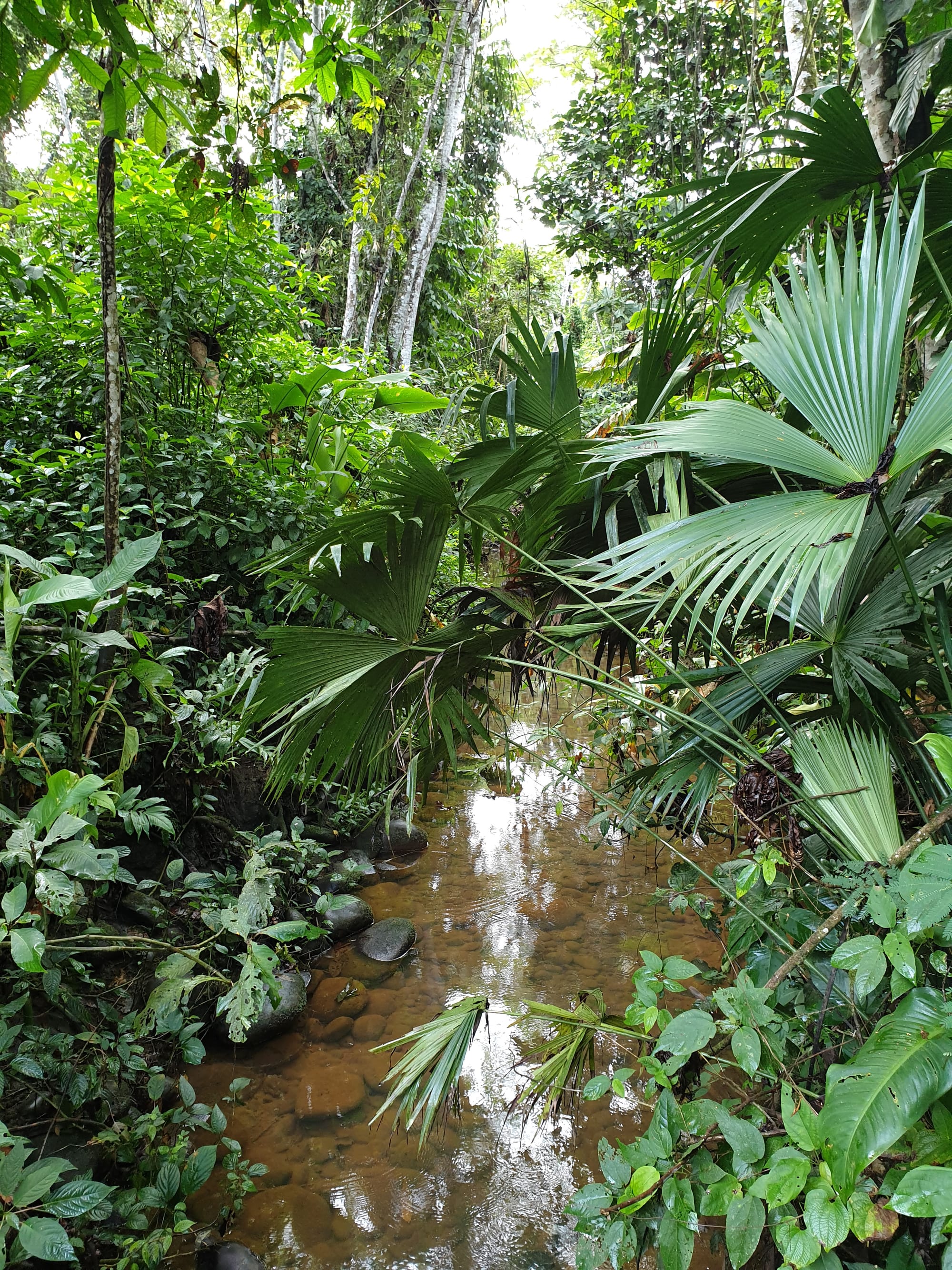
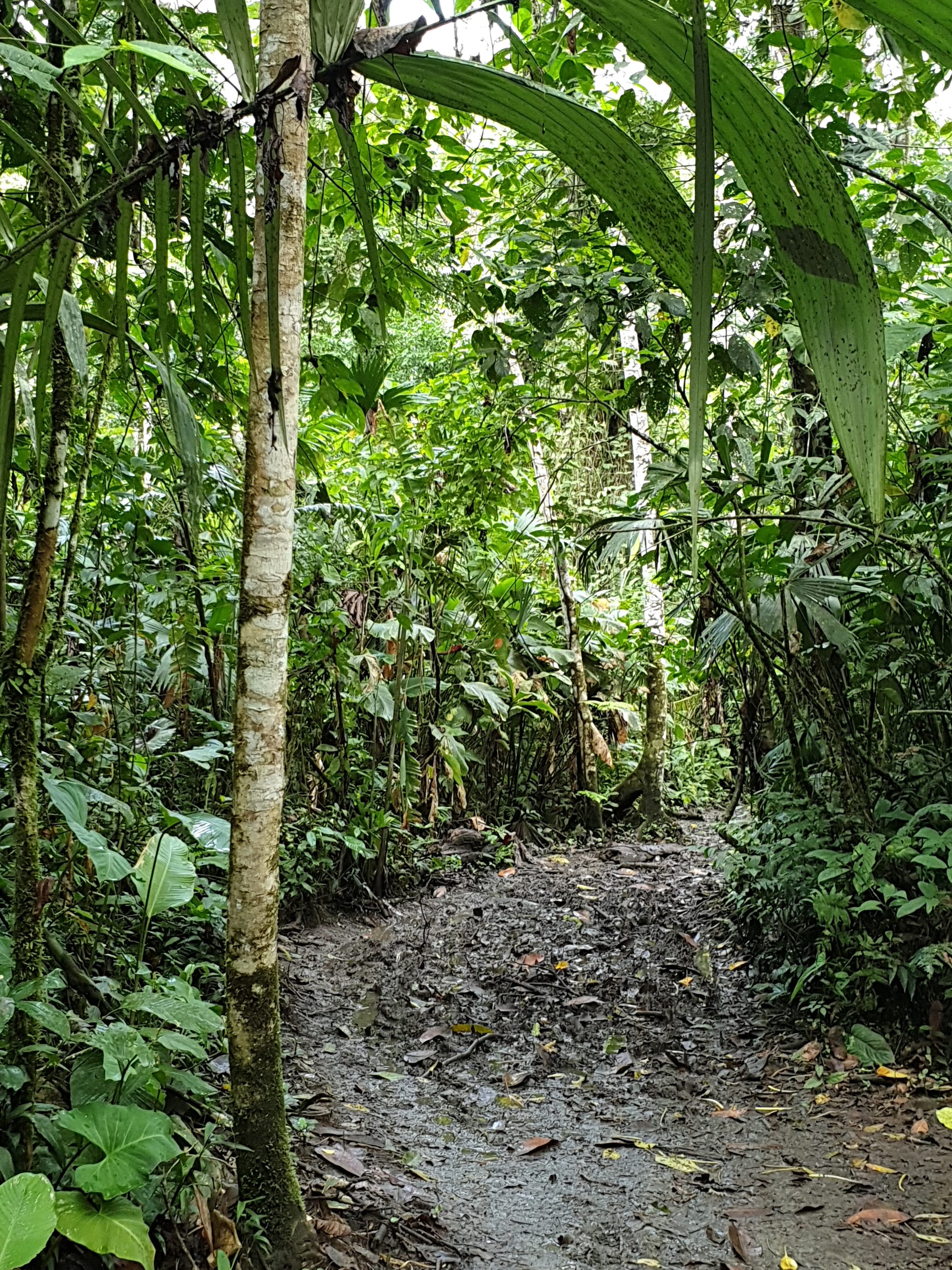
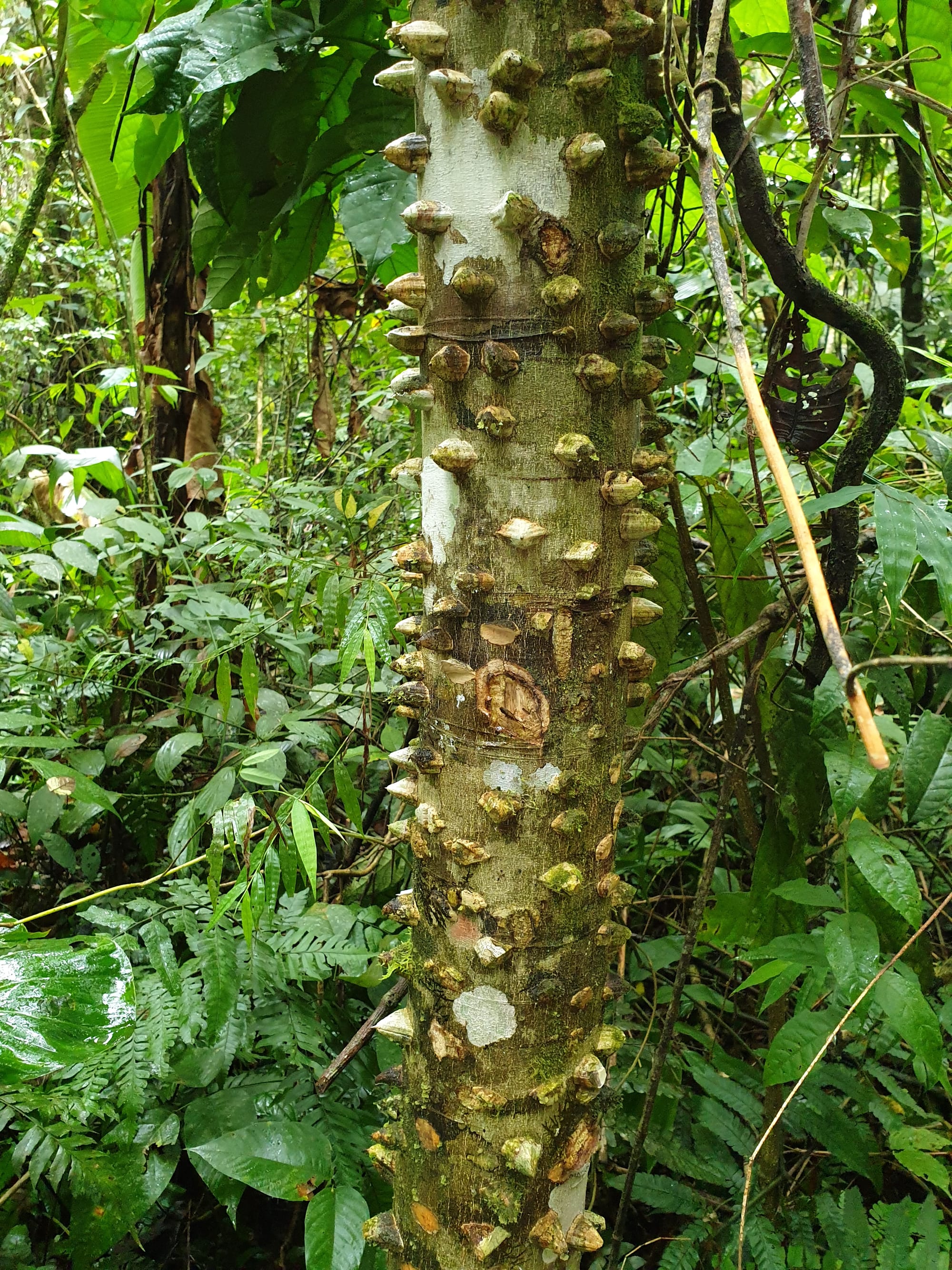
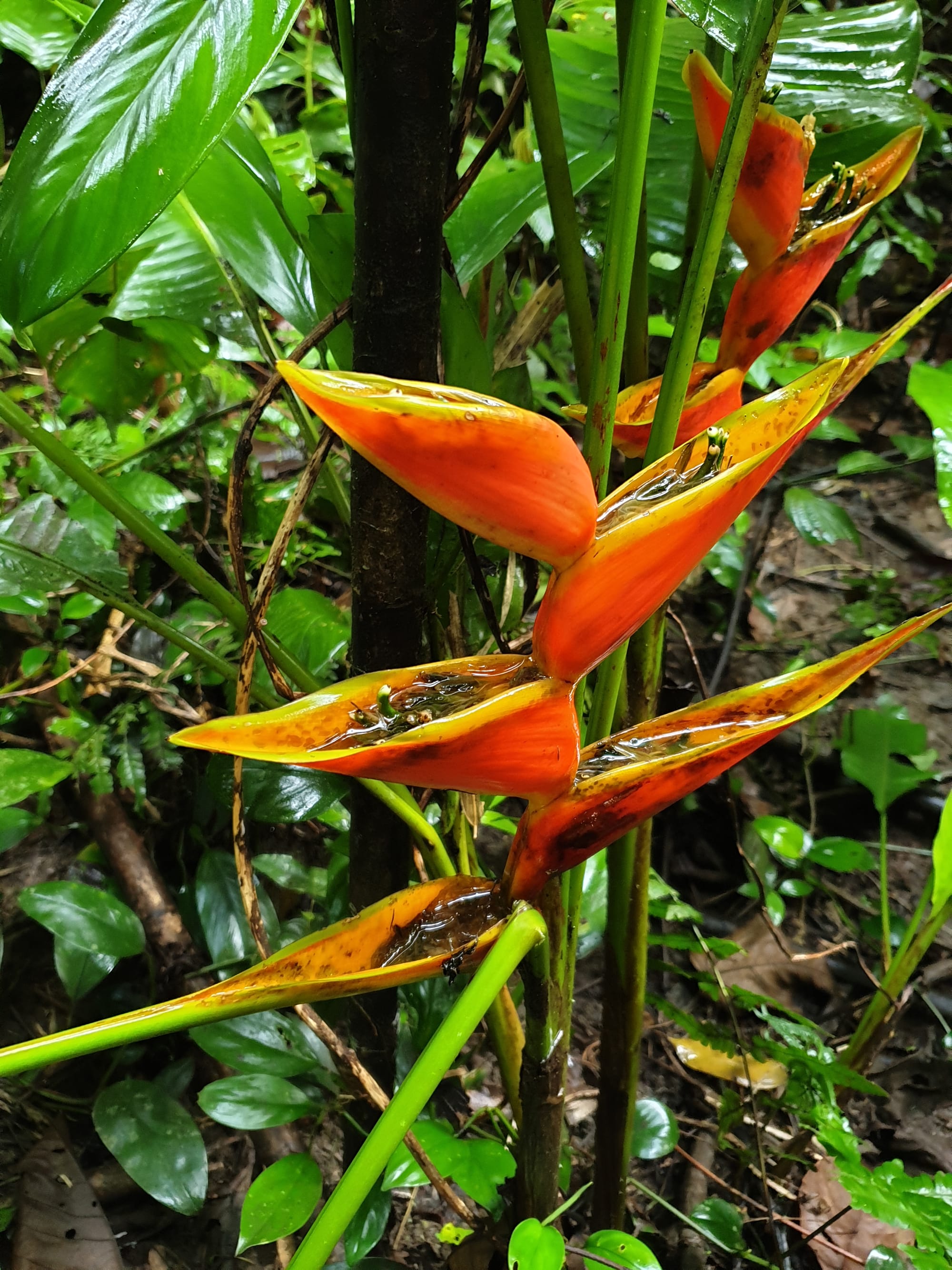

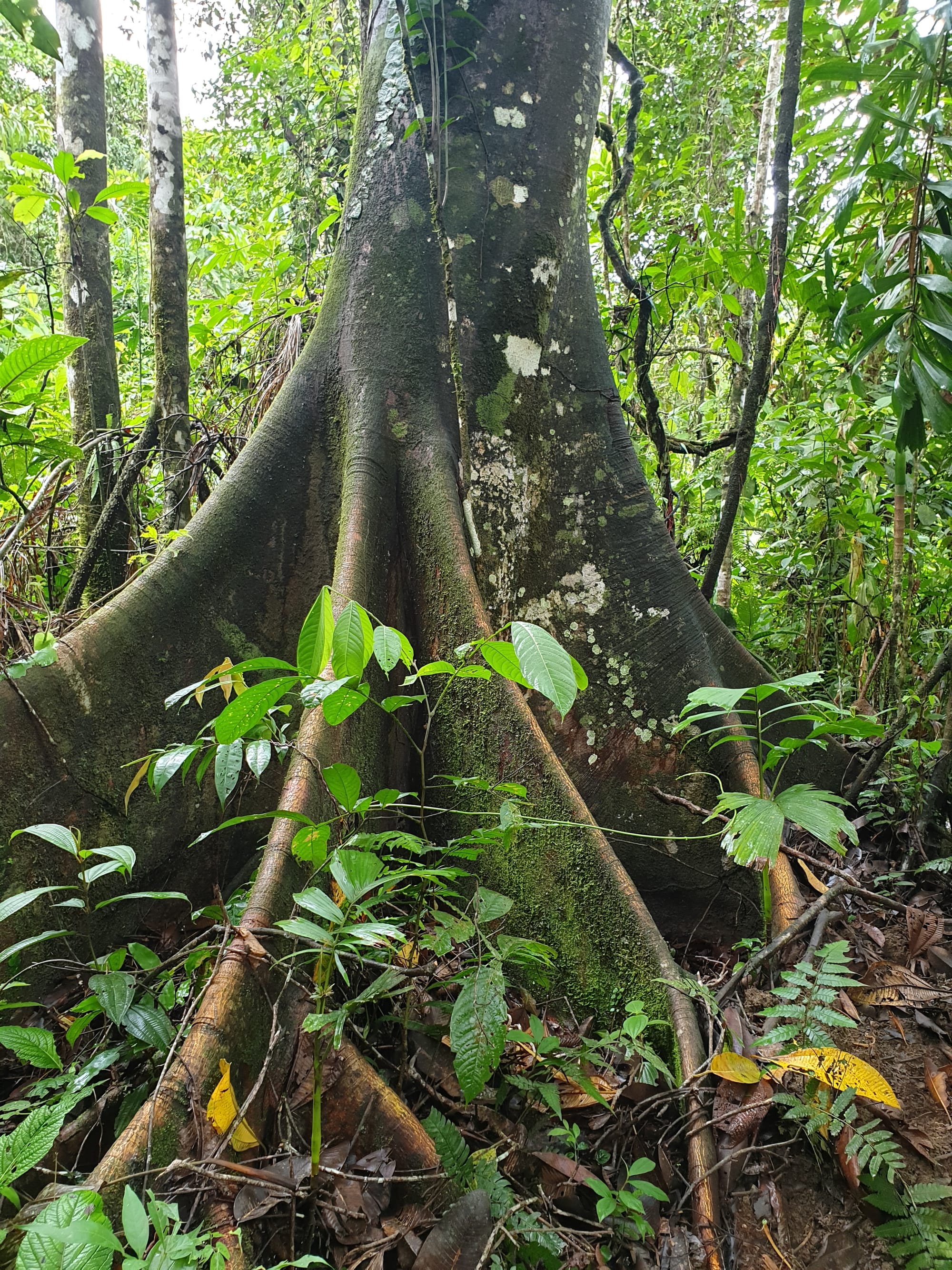
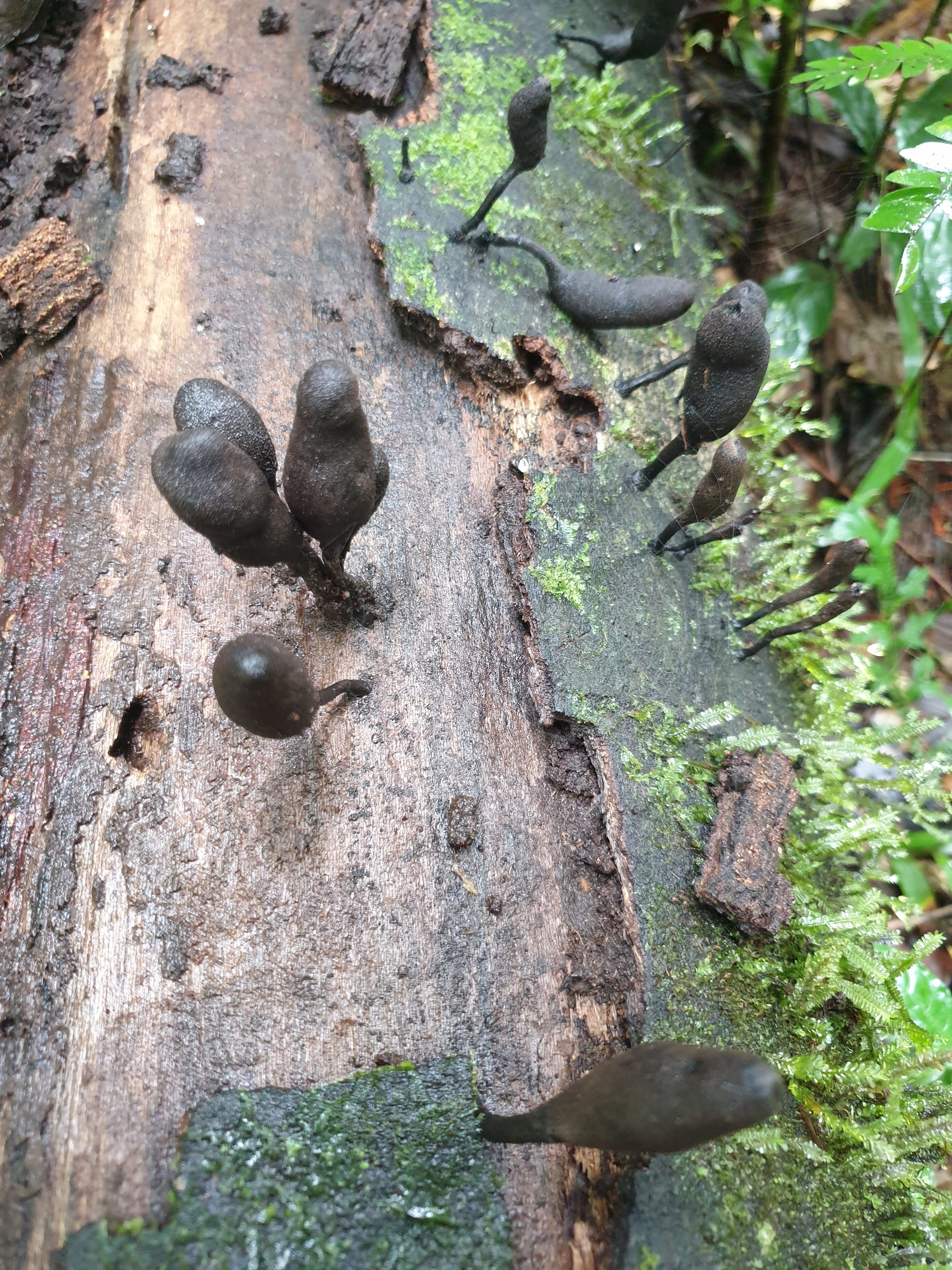
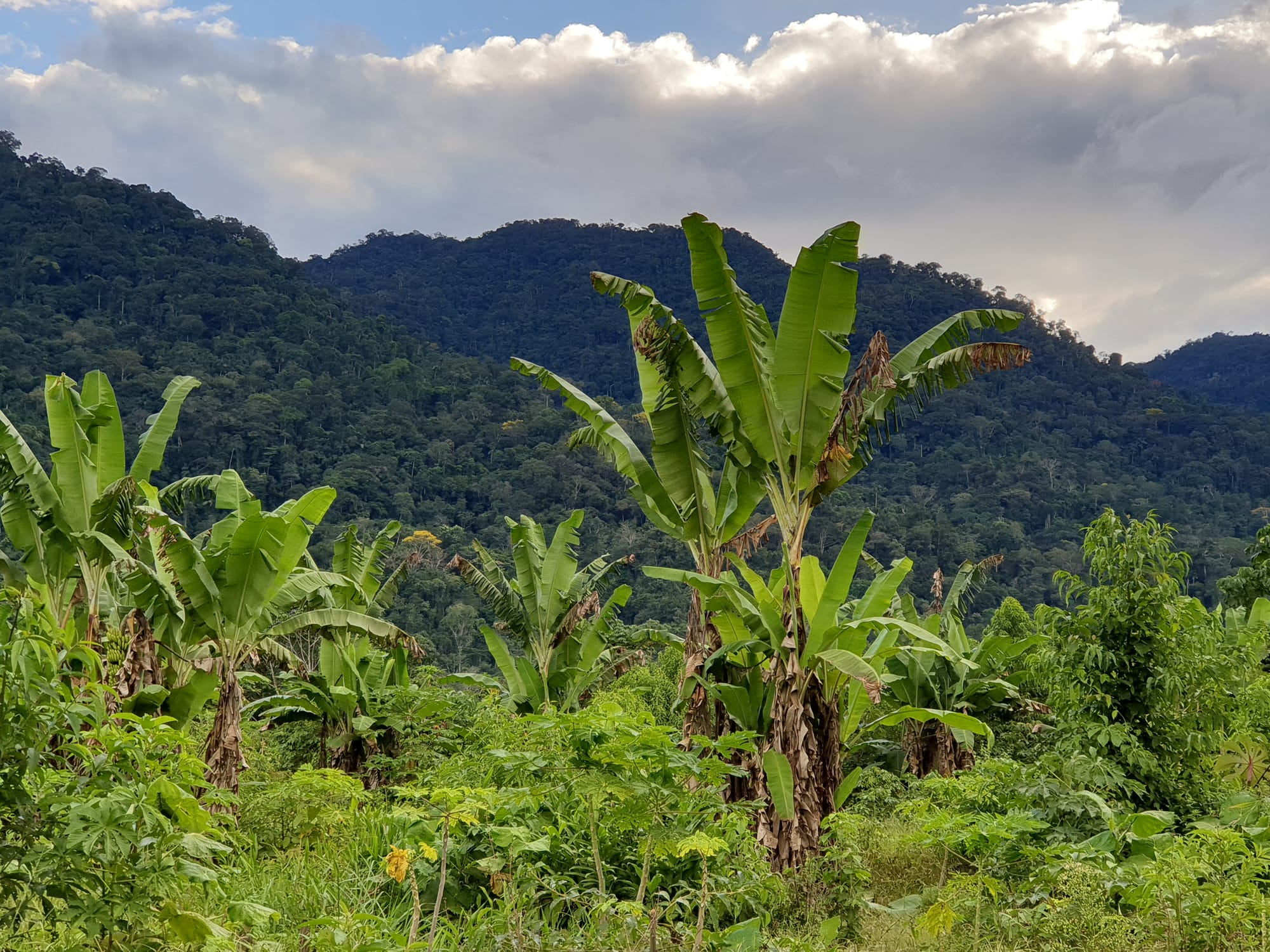
Machu Huasi Lake
A great place where we saw hoatzins, horn screemers and capybaras.
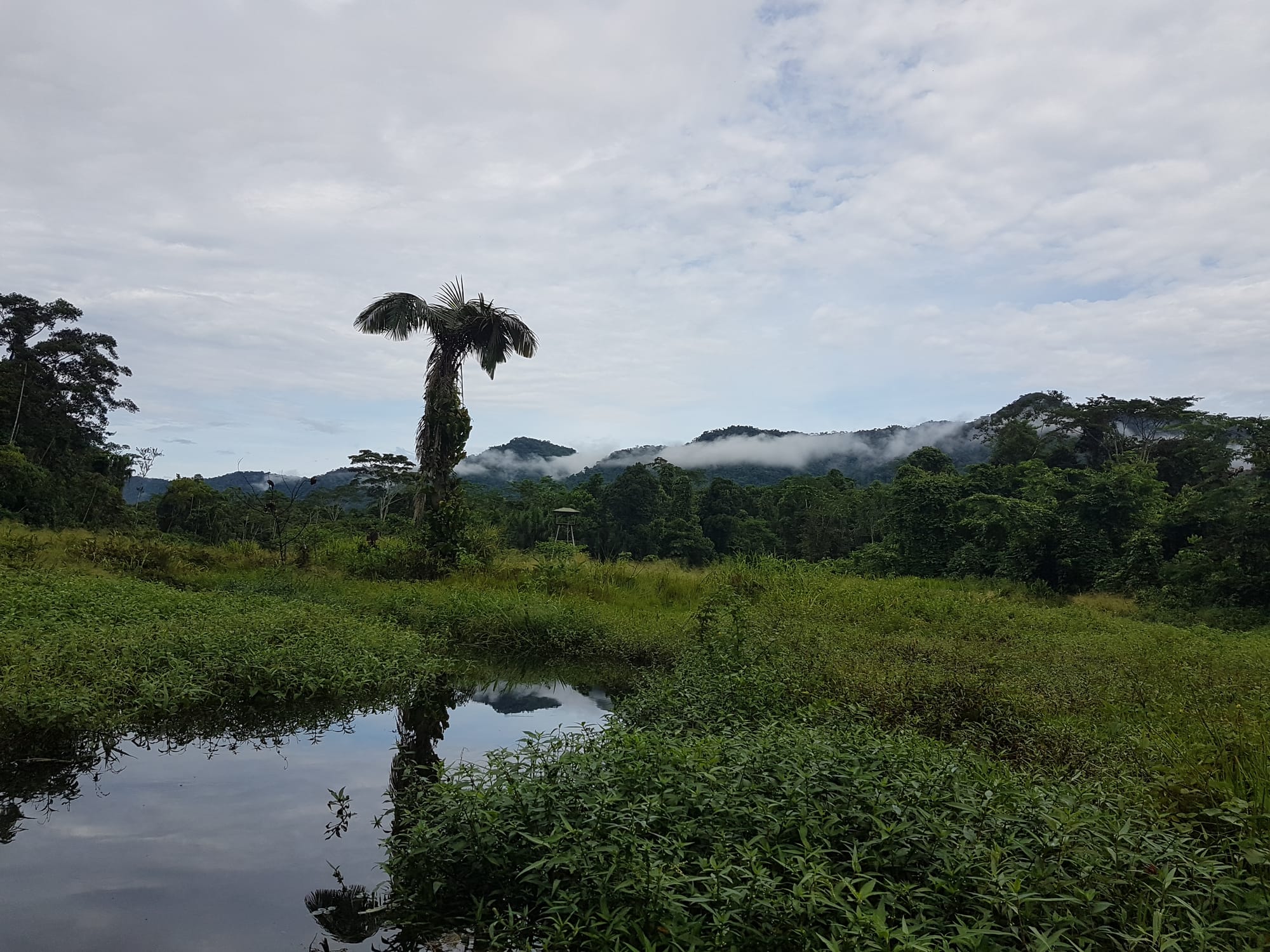
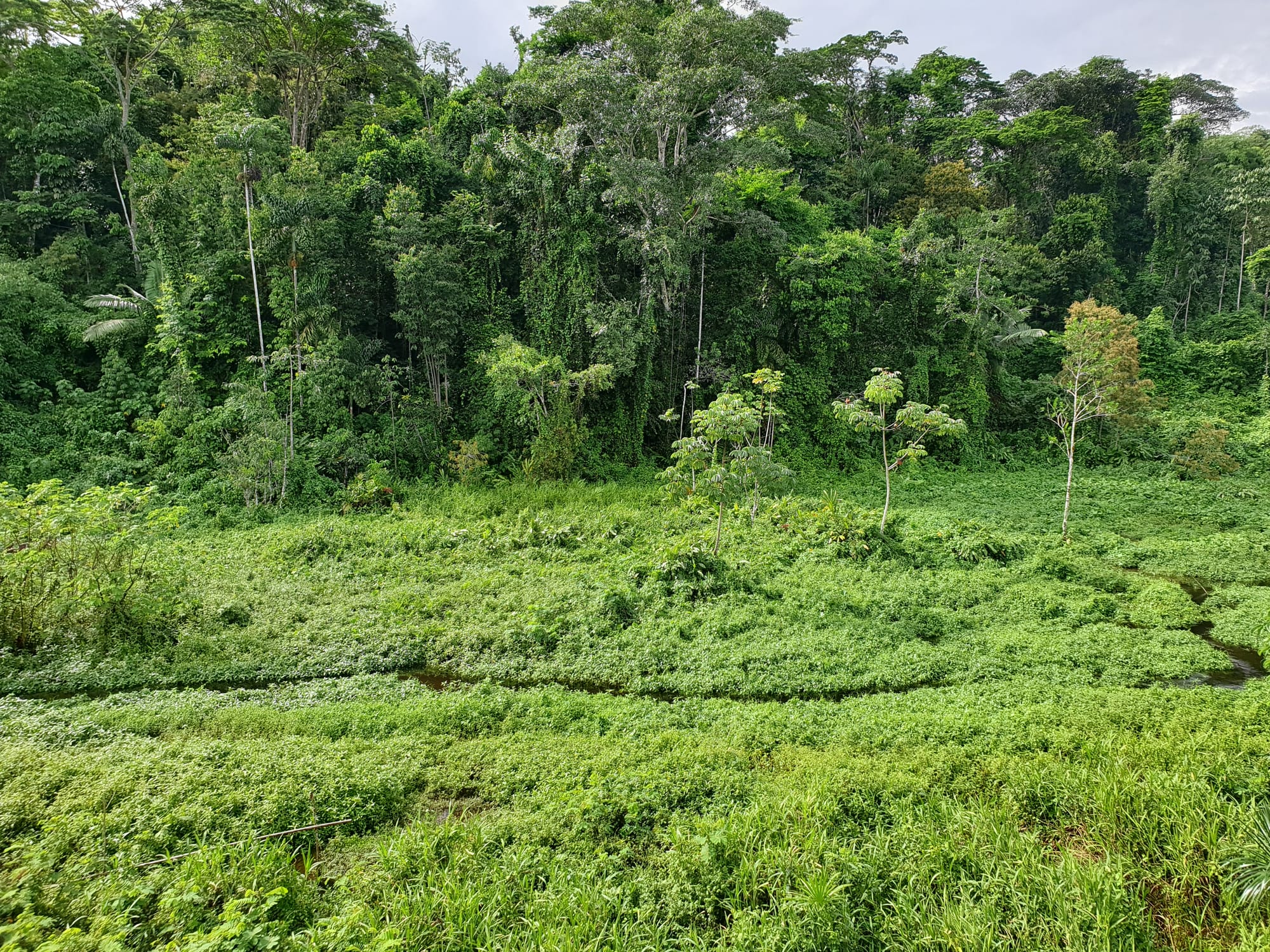
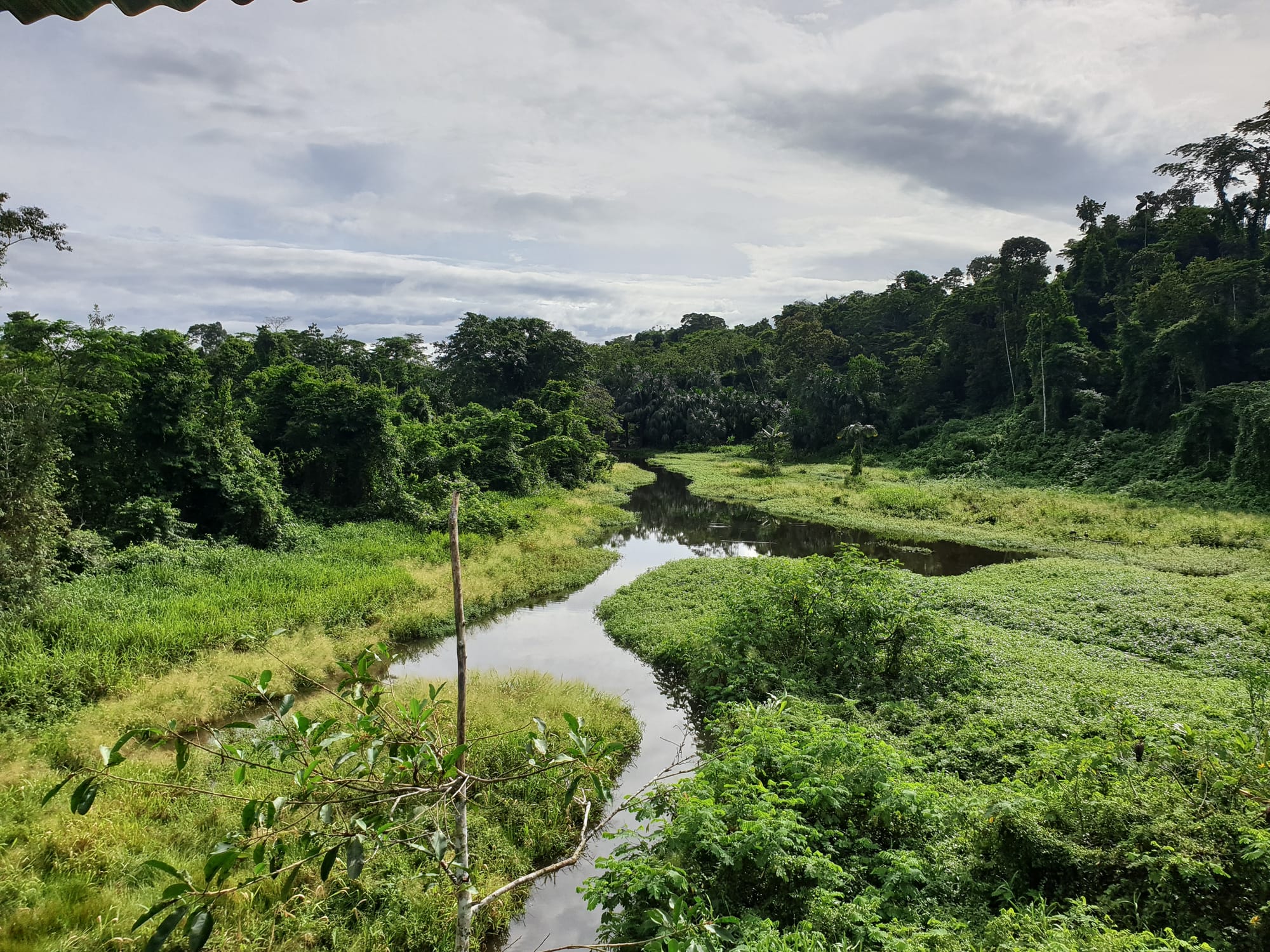
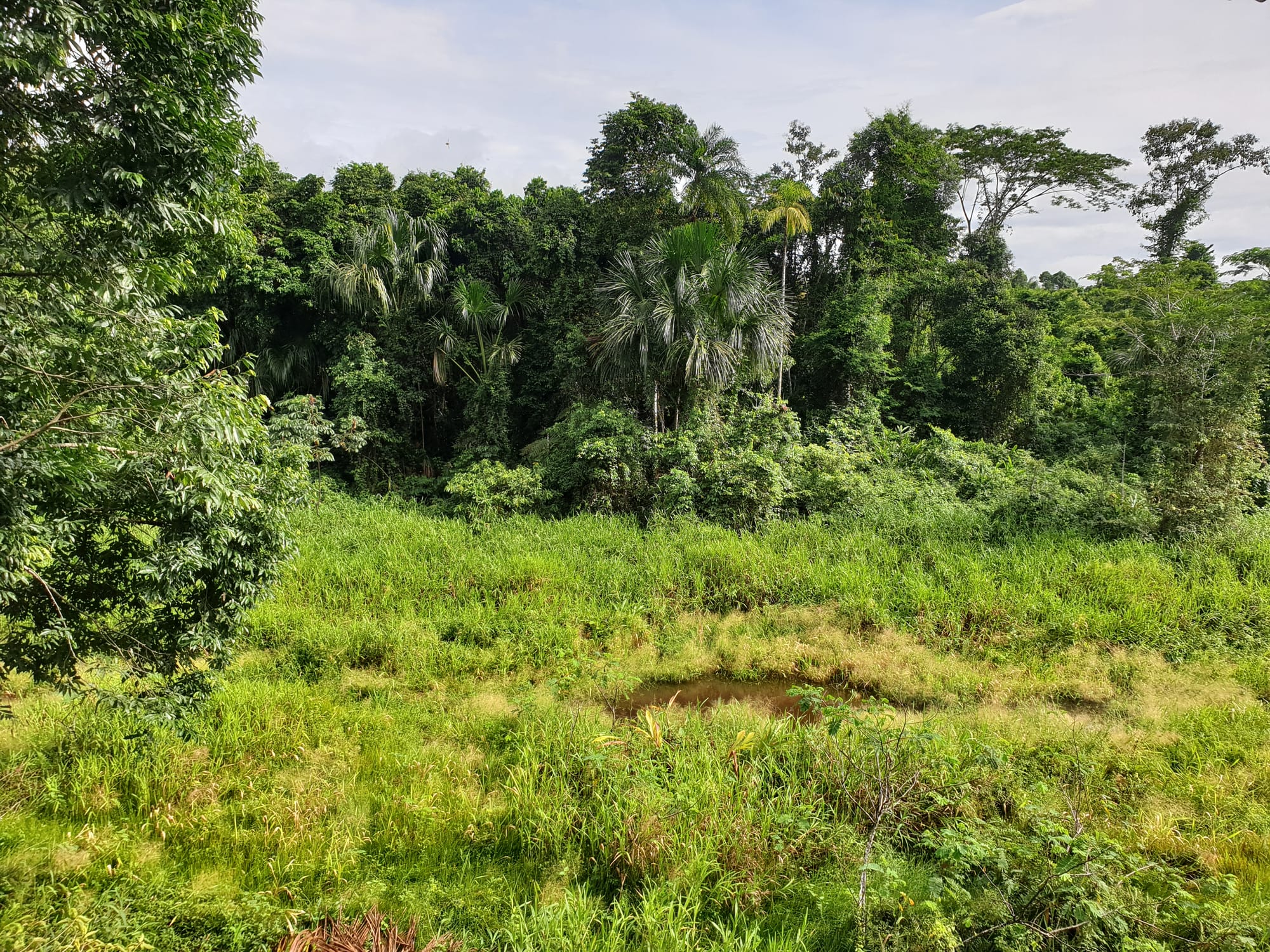
Nocturnal insects
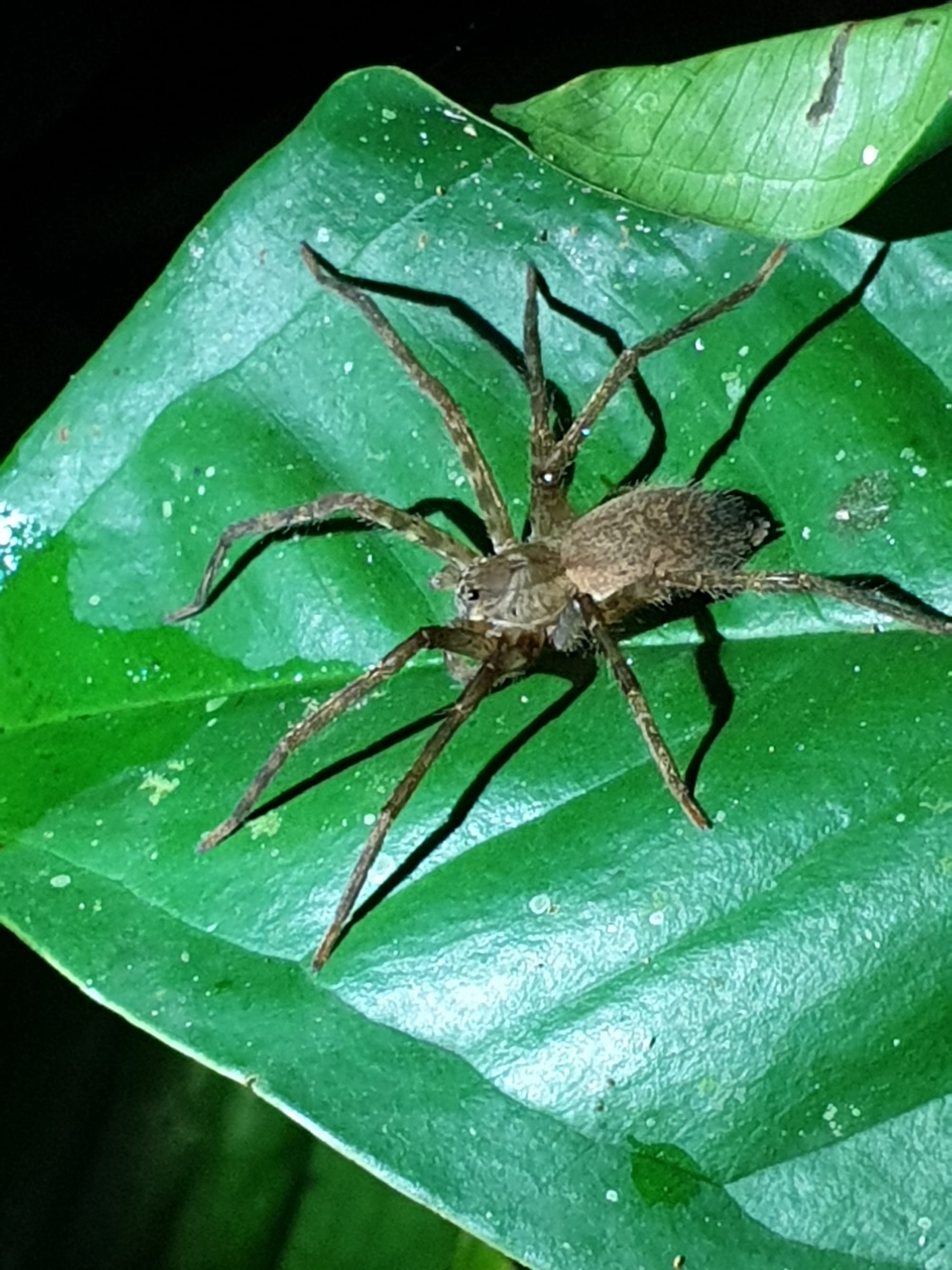
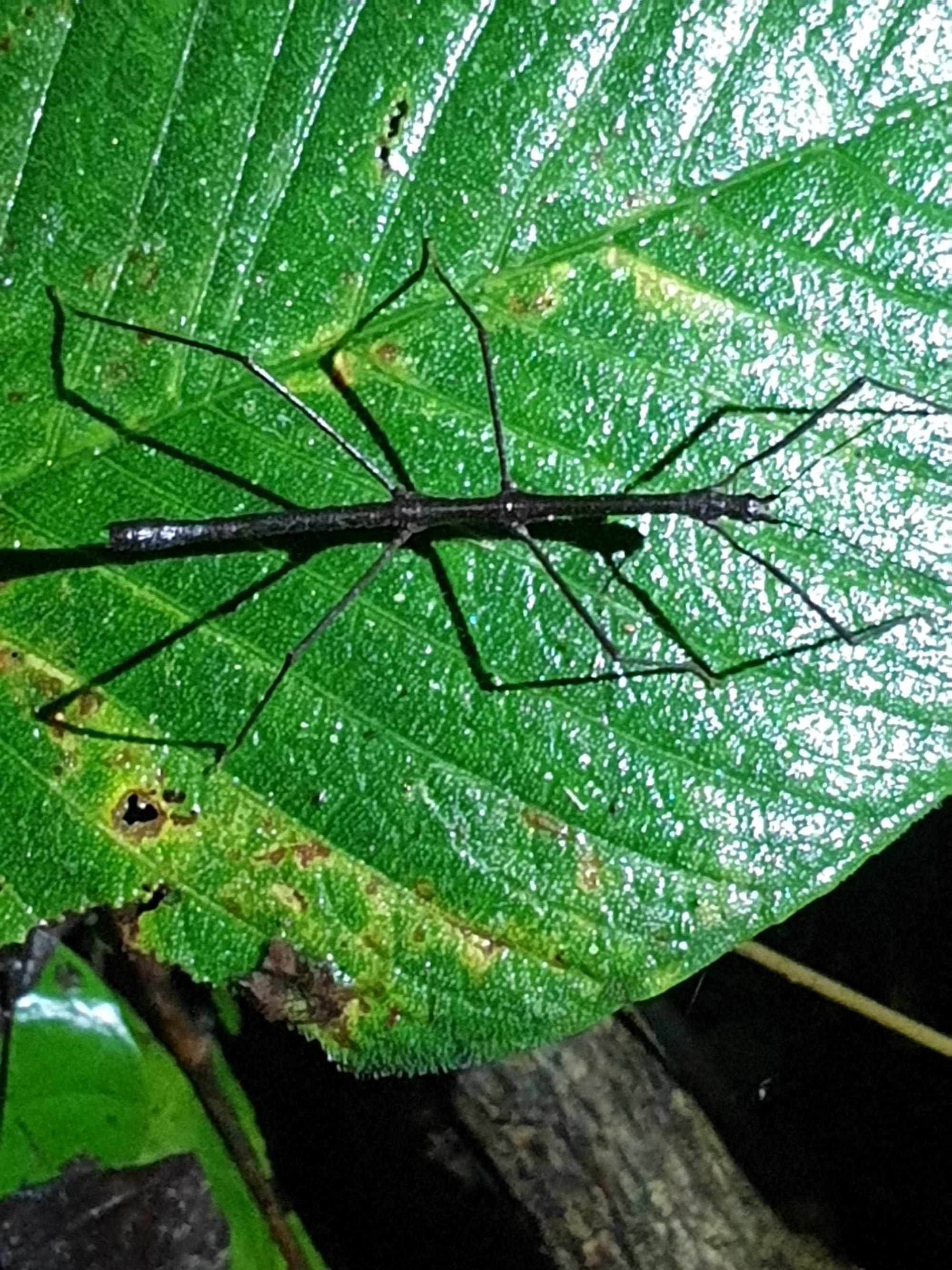
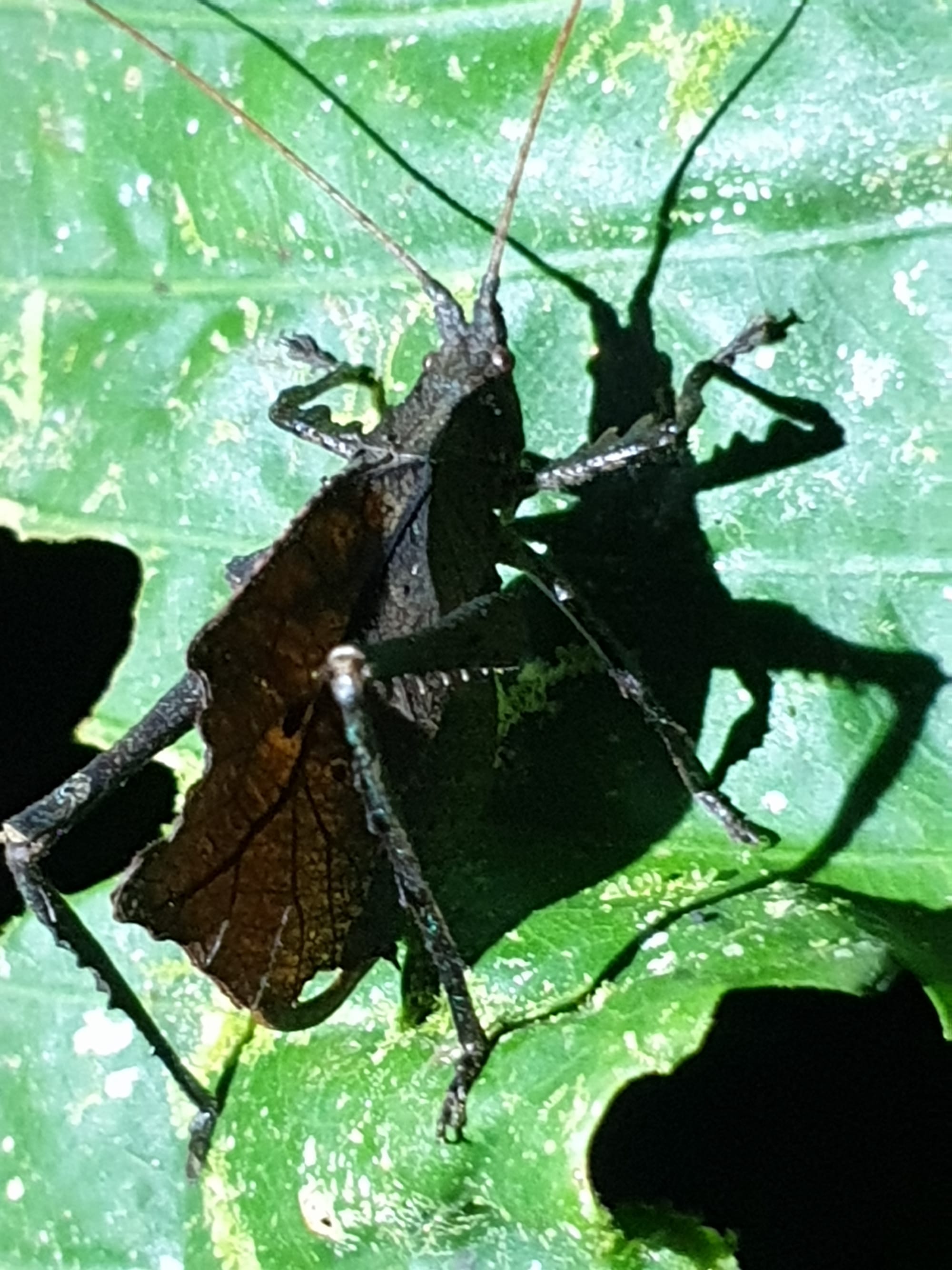
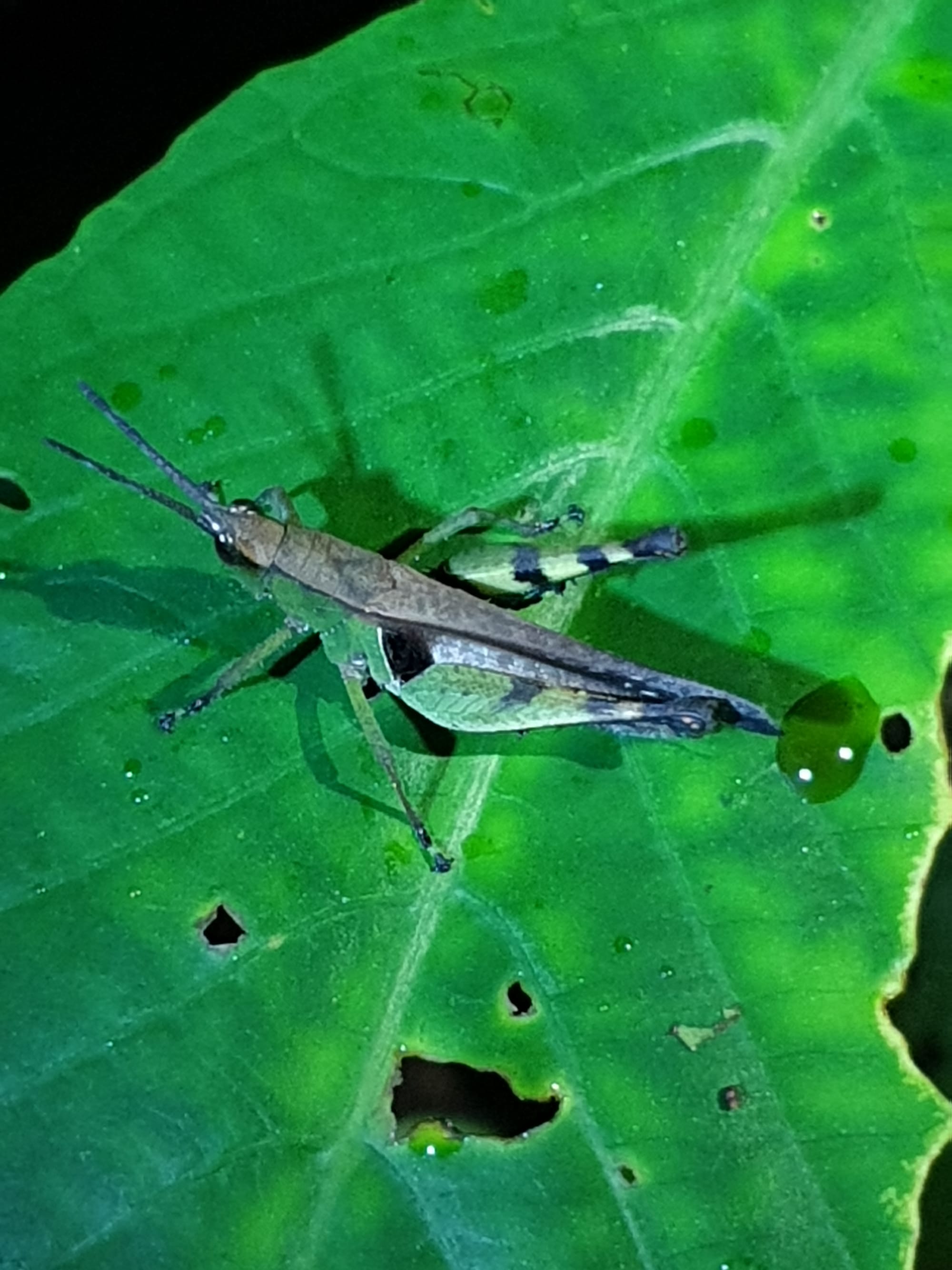
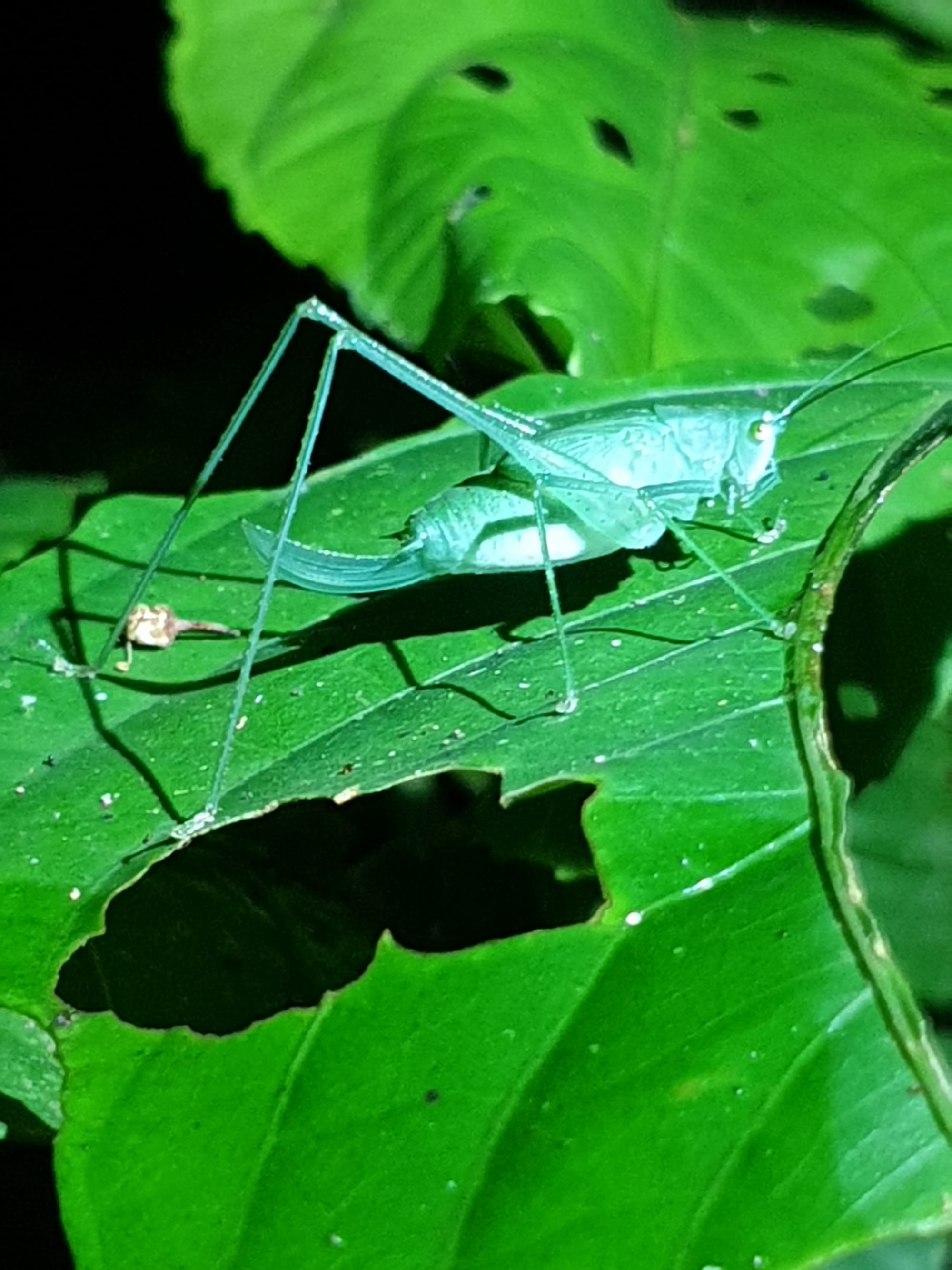
Photo 2 Xiphiola cyanoptera
Photo 3 Typophyllum praeruptum Leaf-mimic katydid
A short trip won’t take you deep into the jungle, but even in just a few days we saw plenty: countless birds, several species of monkeys, capybaras, frogs, and all sorts of insects. To get deeper into the jungle, though, you need to sign up for a longer expedition.
We chose a small company run by some friendly Peruvian guys. Our guide was Peruvian, and all the lodge staff were locals from the area. The whole experience was exactly our style — not overly organized or rushed. In fact, we were the only tourists there, and everything was 100% personalized. We could basically do whatever we wanted.
On our last day, another group arrived — four young travelers with a guide who ran the place like a military camp. Let’s just say... he wouldn’t have lasted long with us.
Since we were the only guests at the lodge, they tailored everything to us — even the menu. Every meal was completely vegan, made from plants grown in their own garden. We got a bag of jungle coca leaves — nothing like the dry ones we bought in Cusco. These were fresh, green, and potent, they kept us walking all day without feeling tired.
